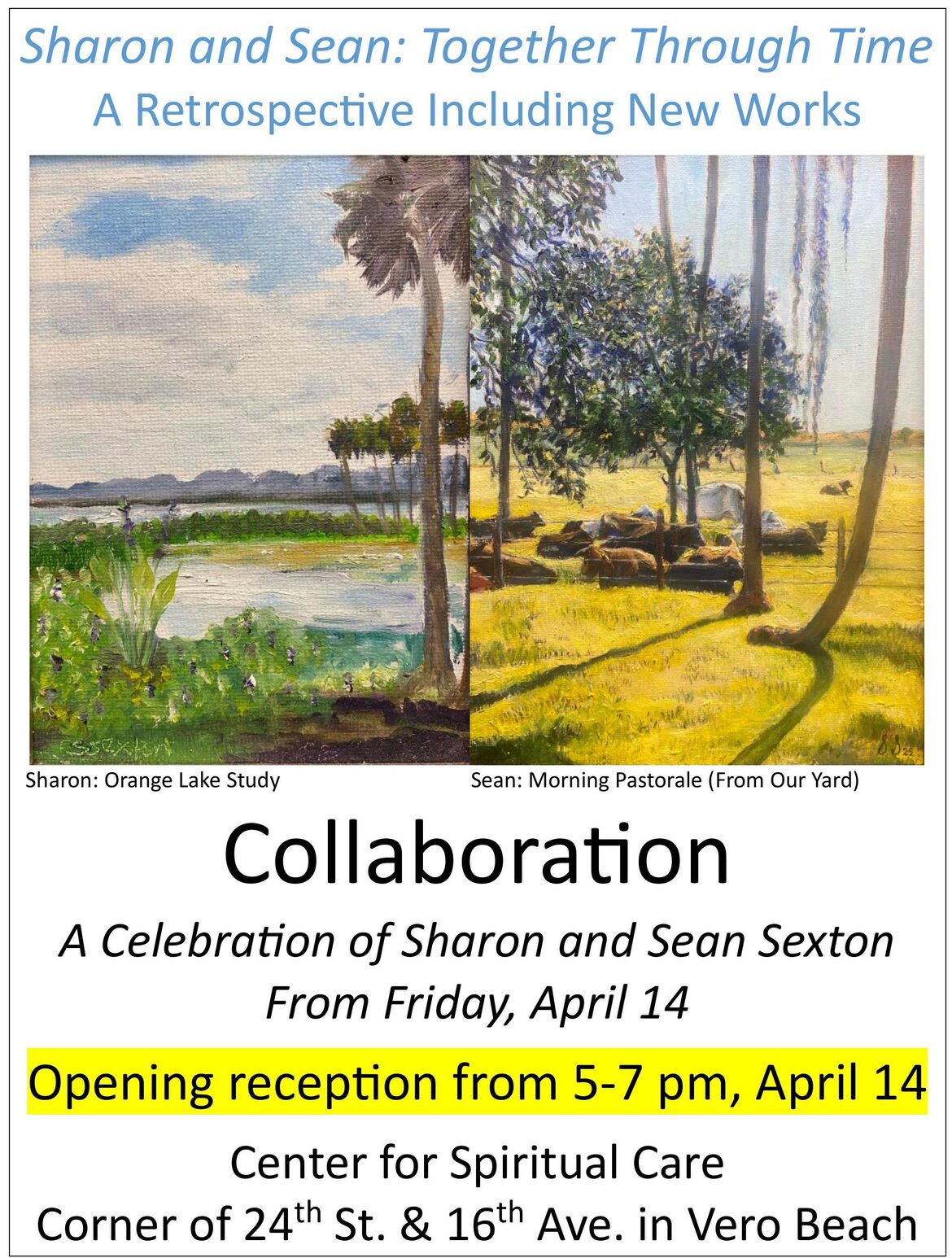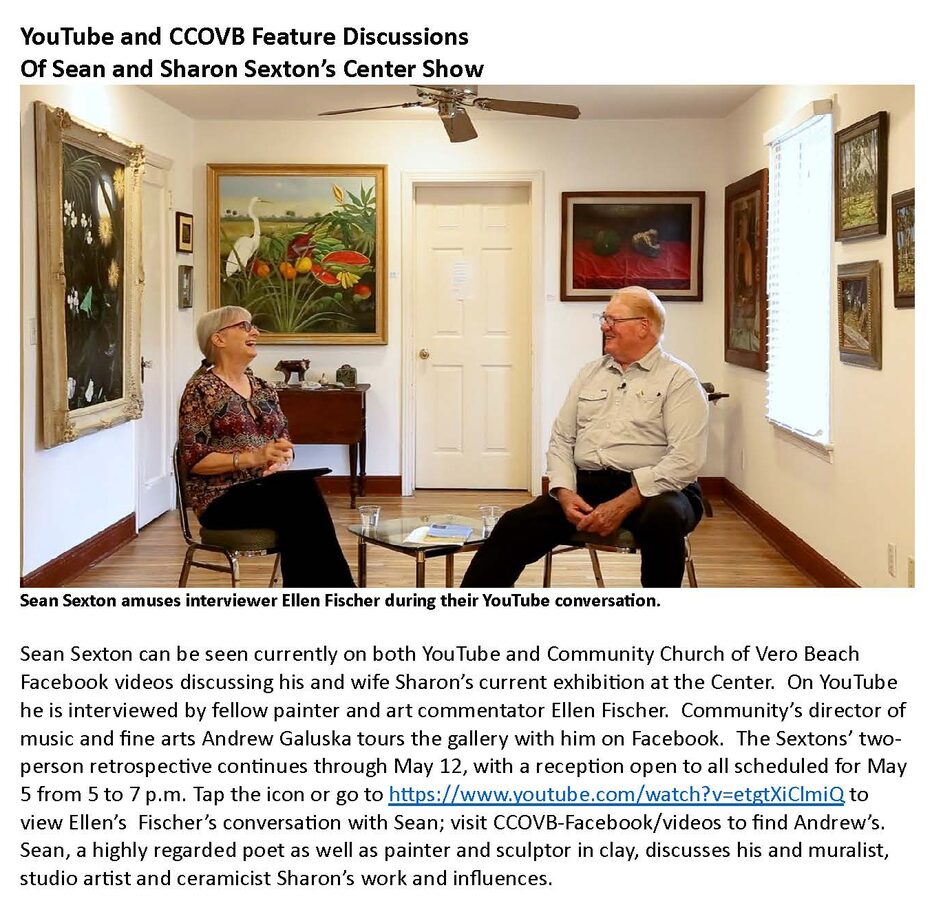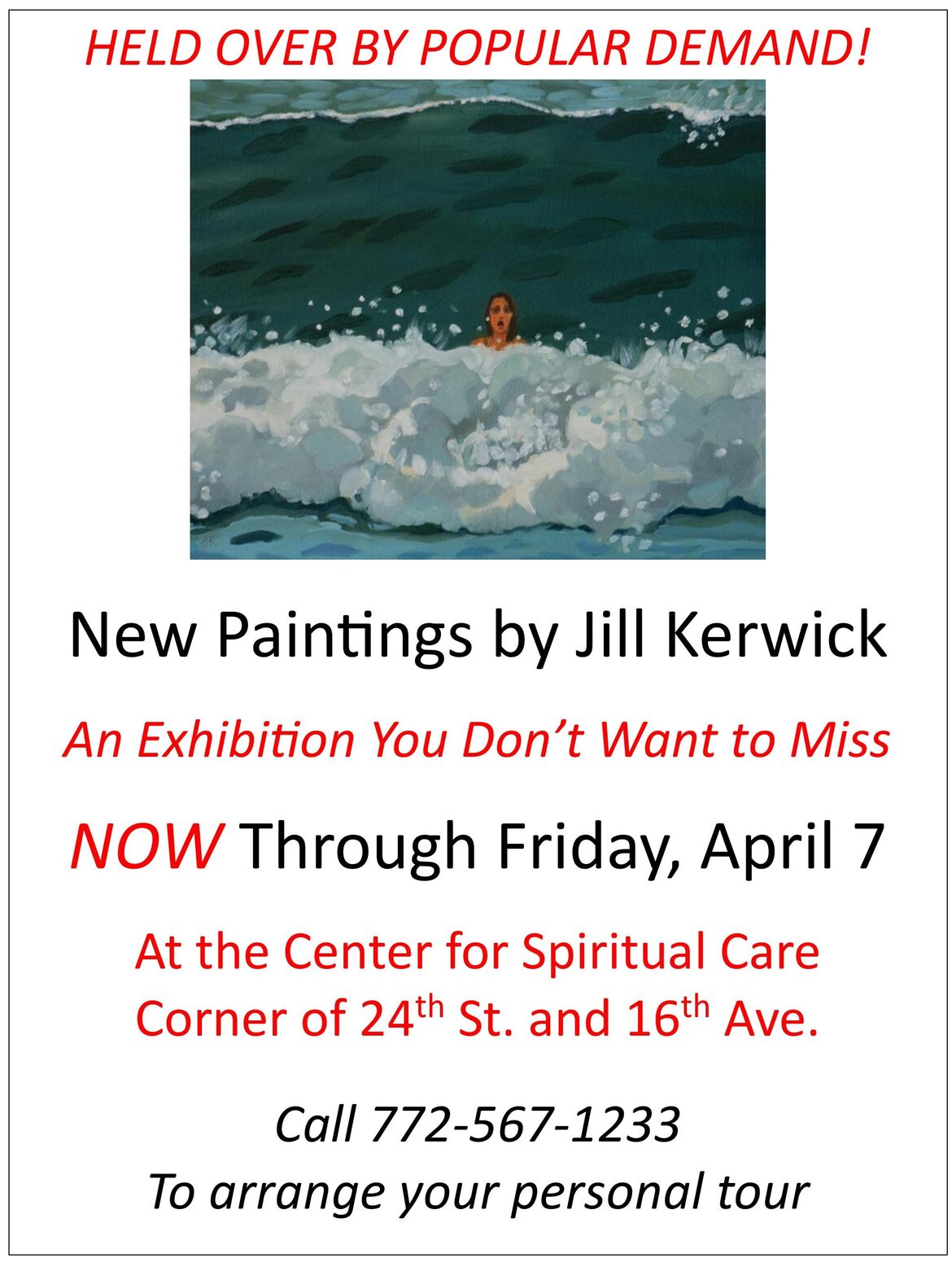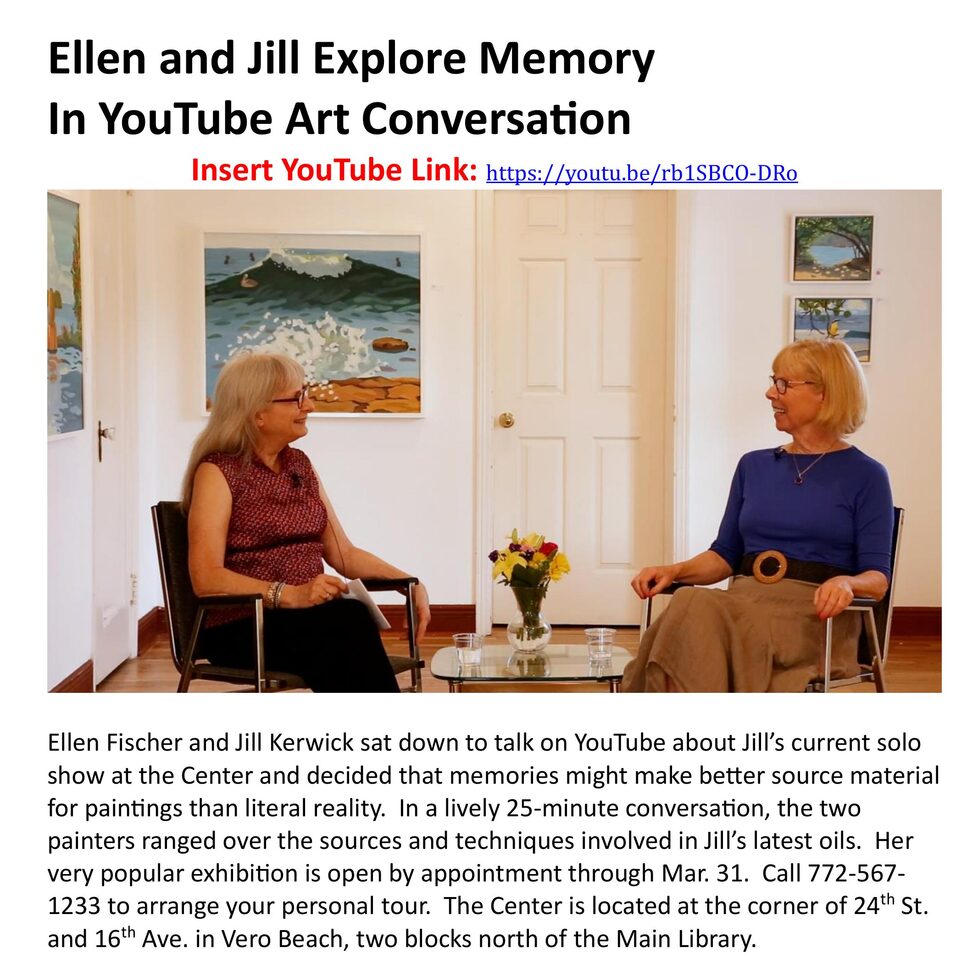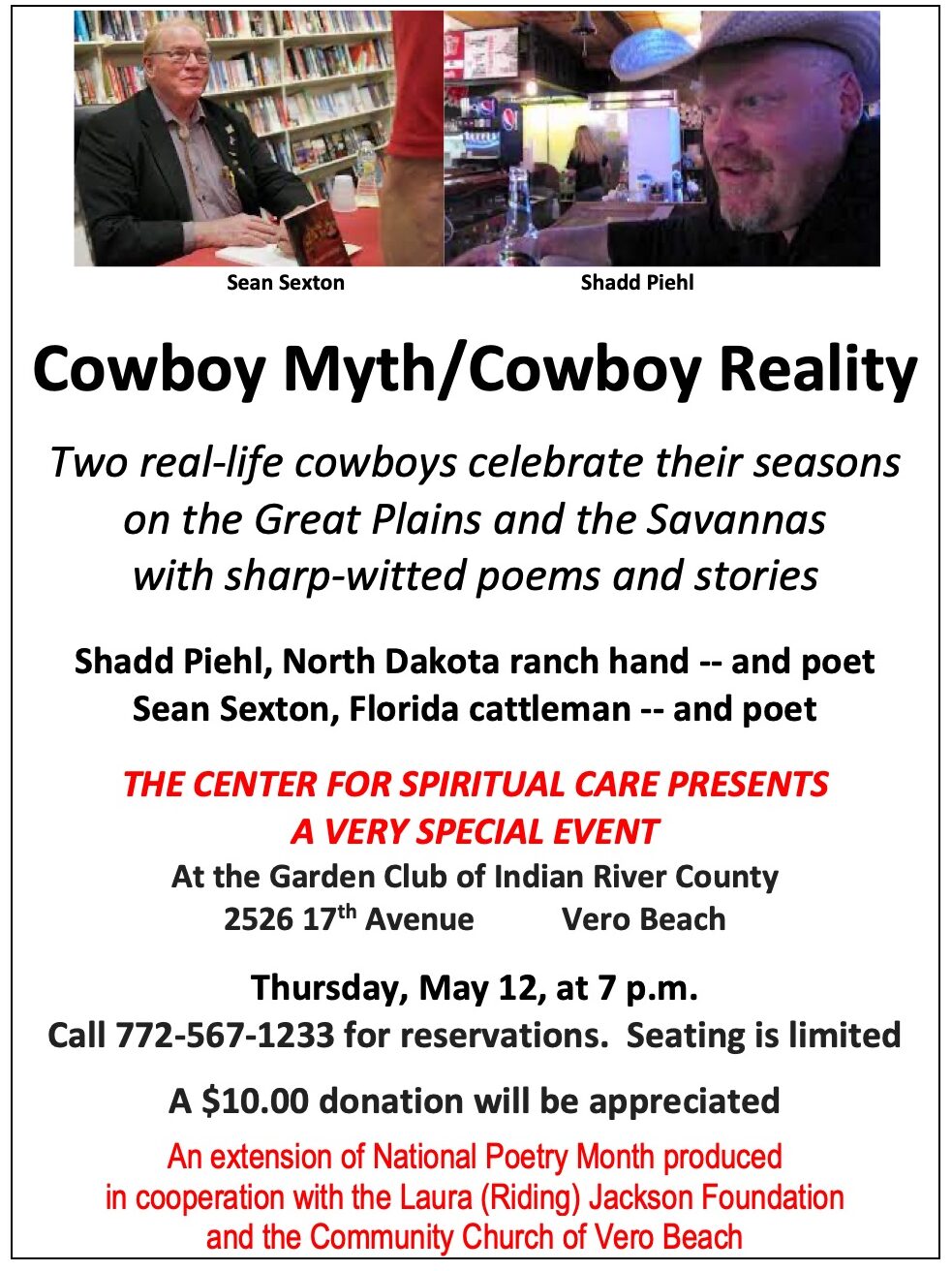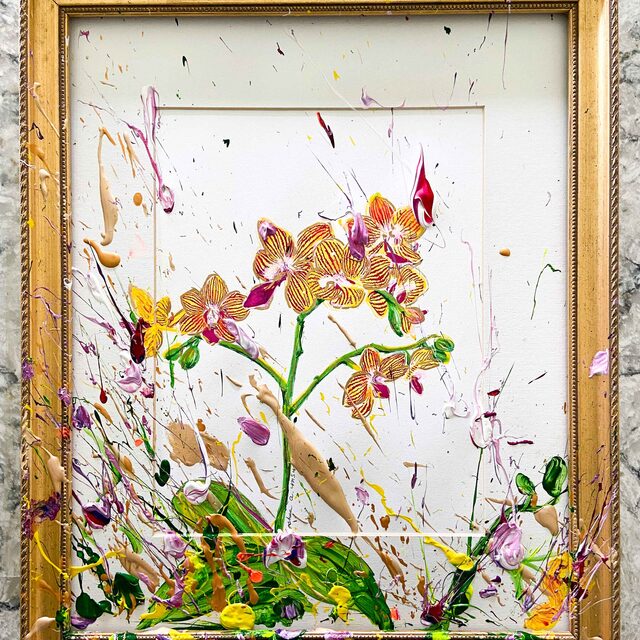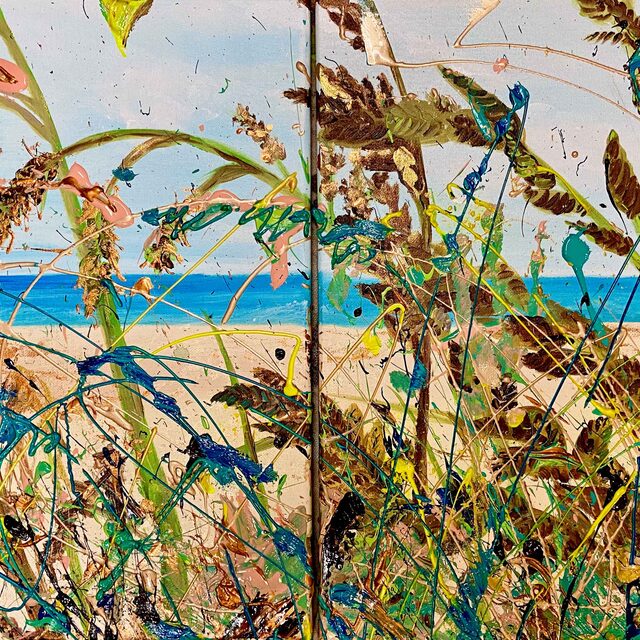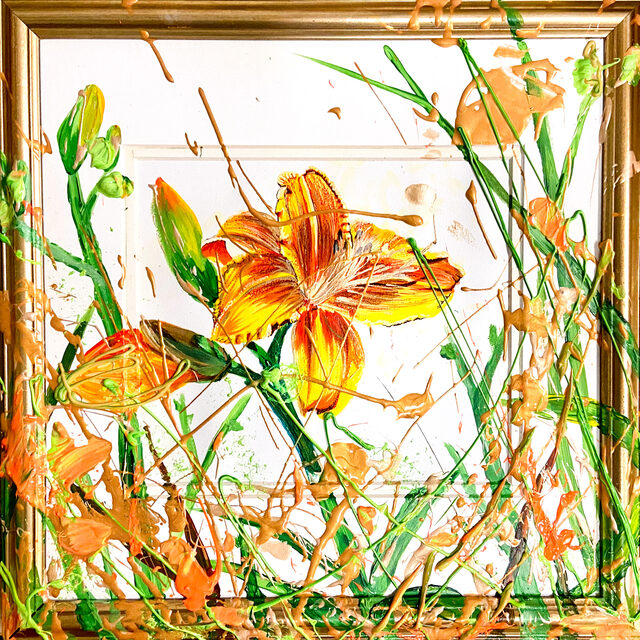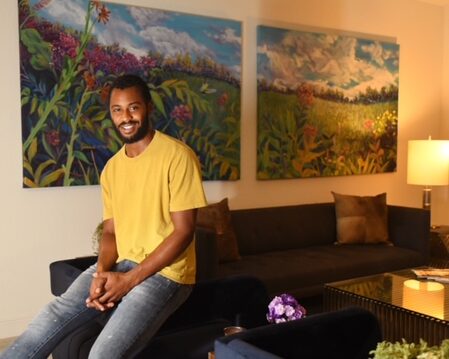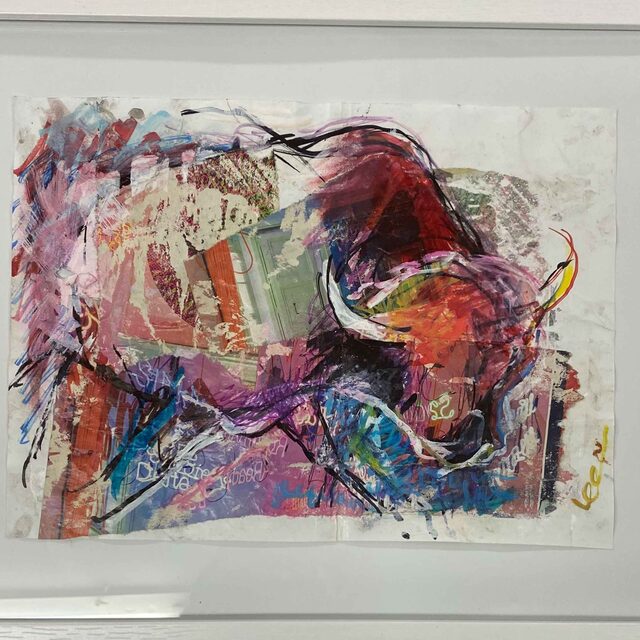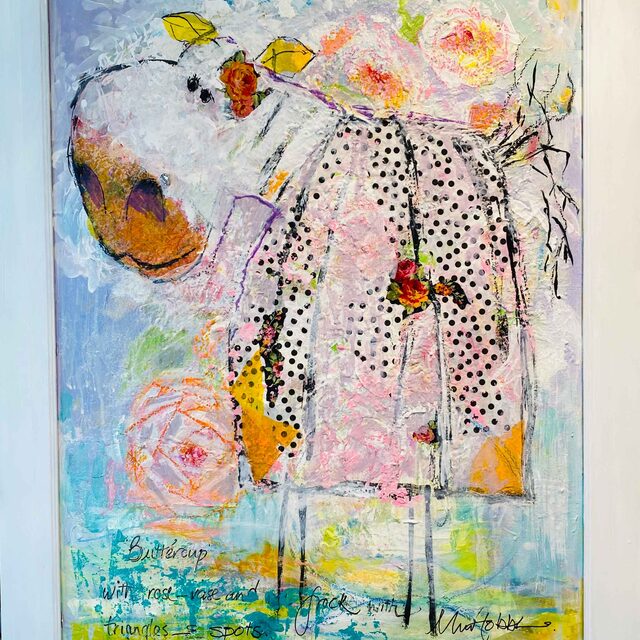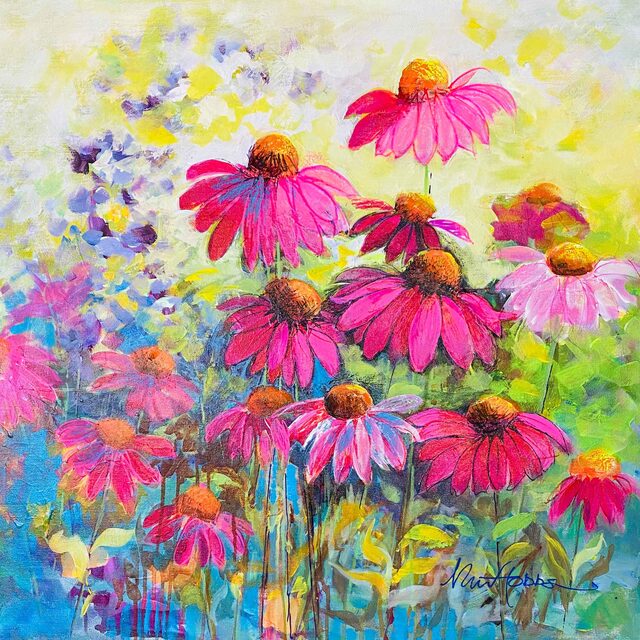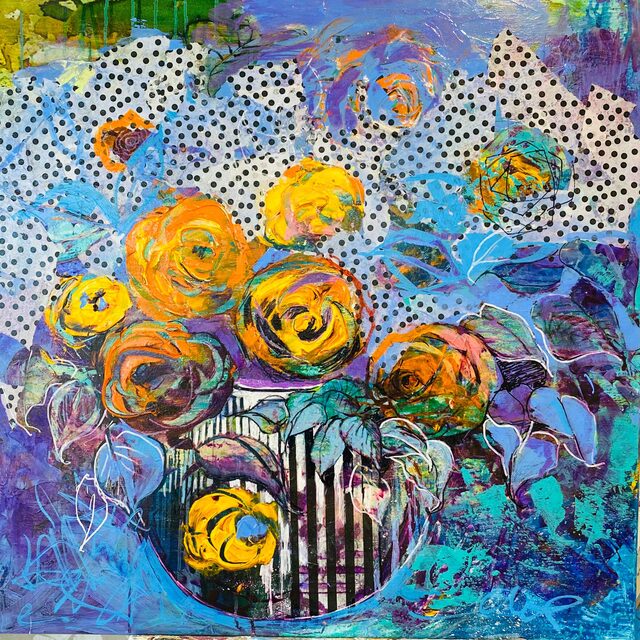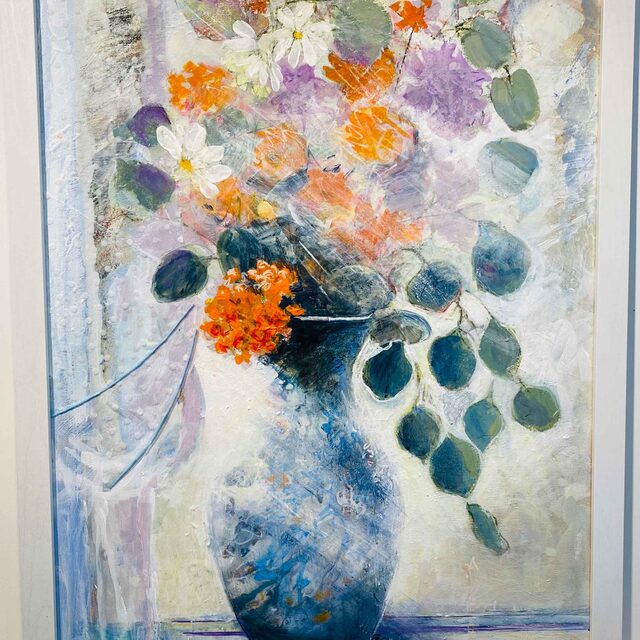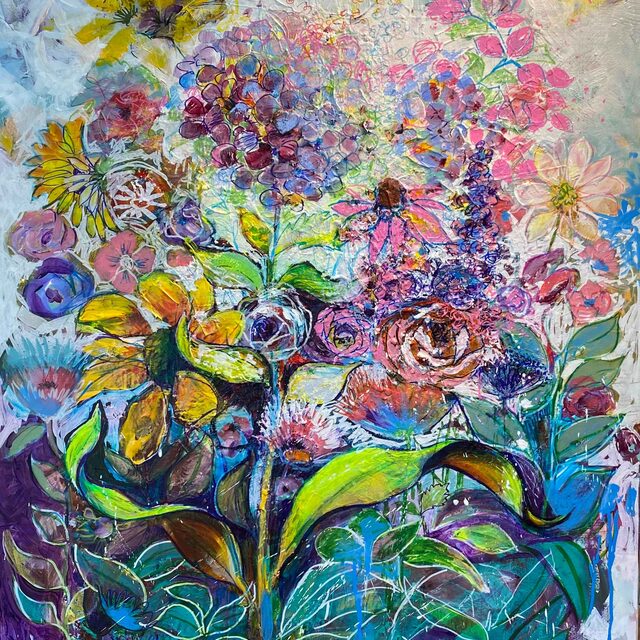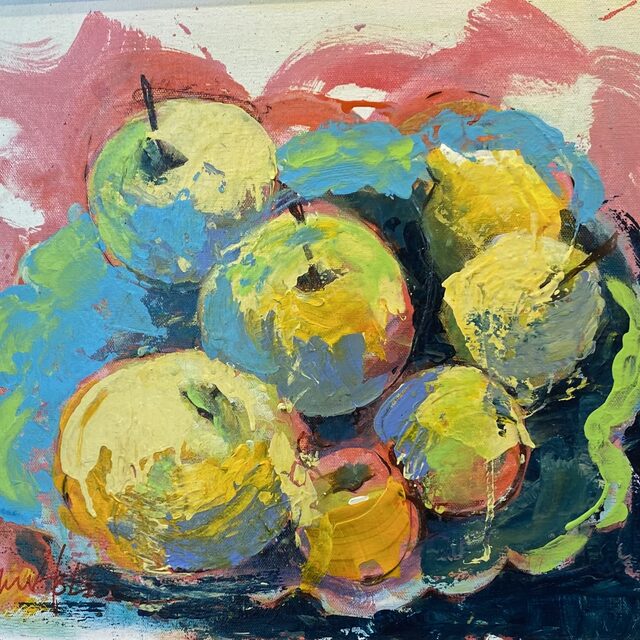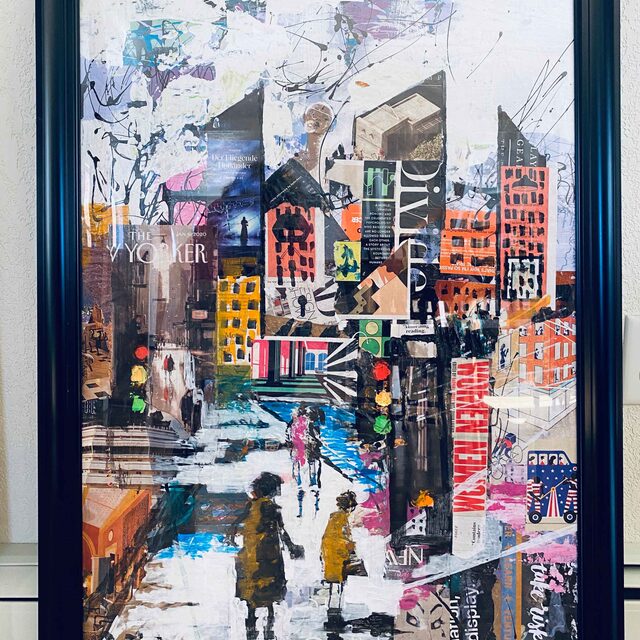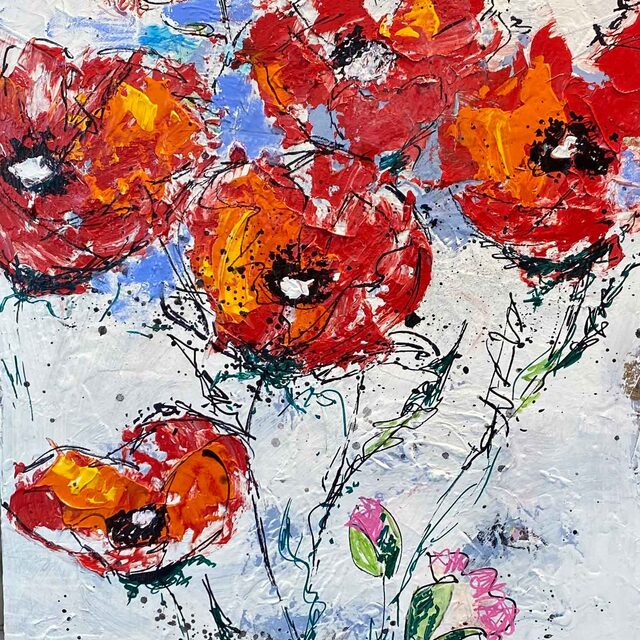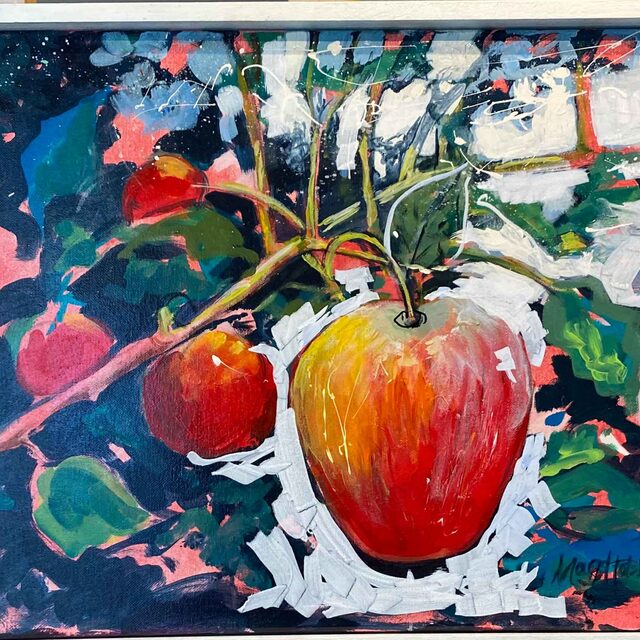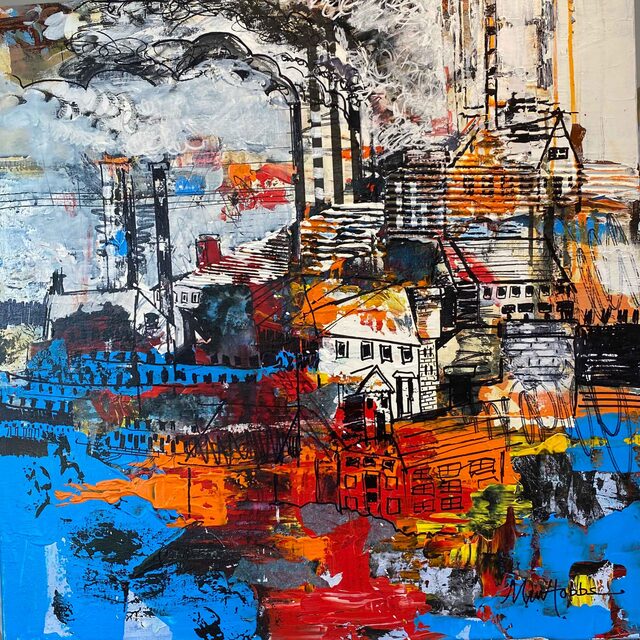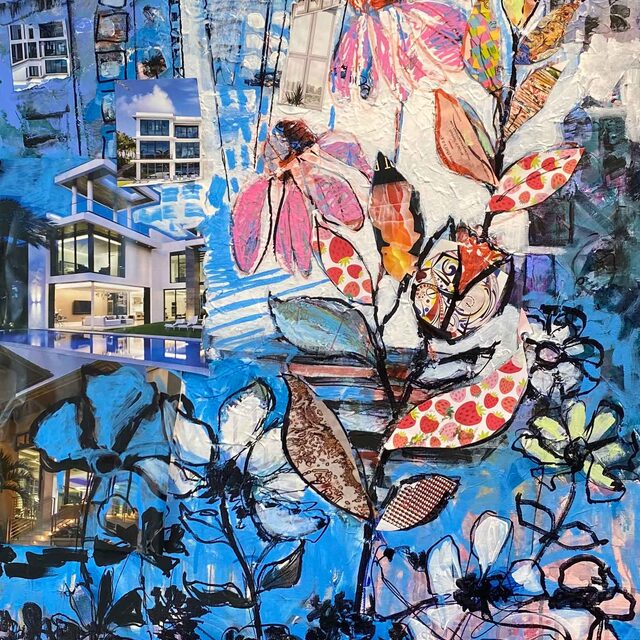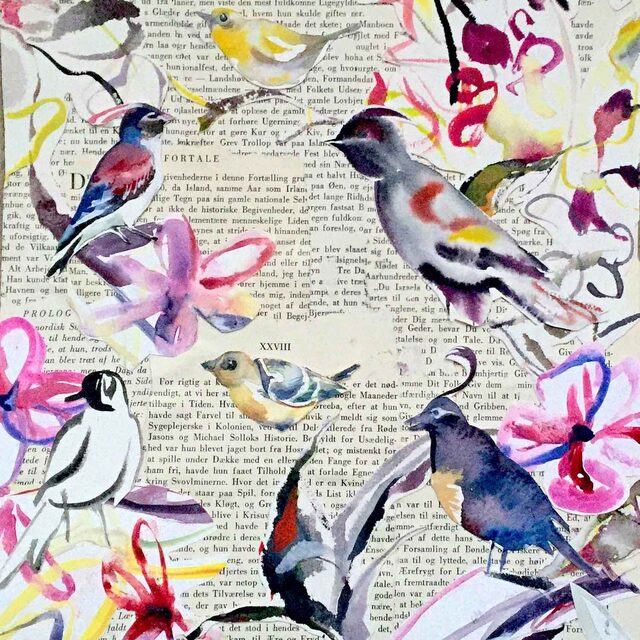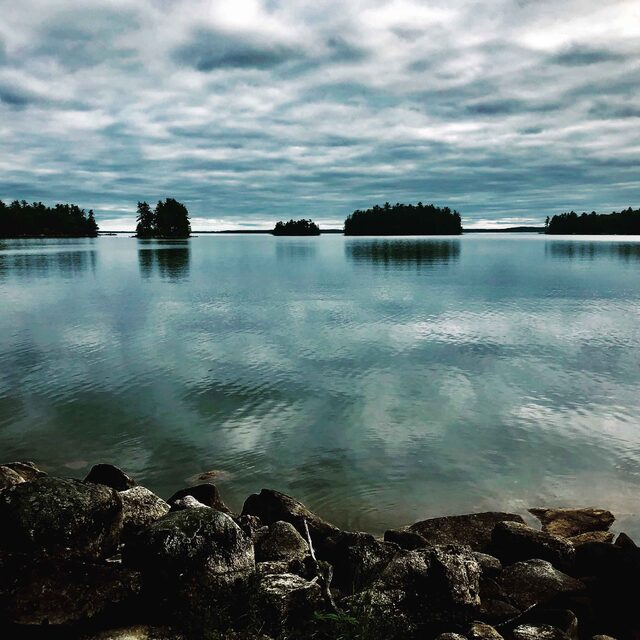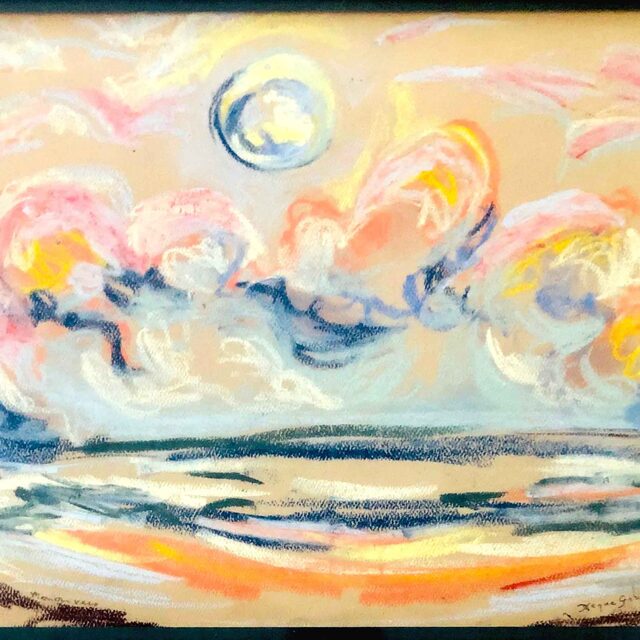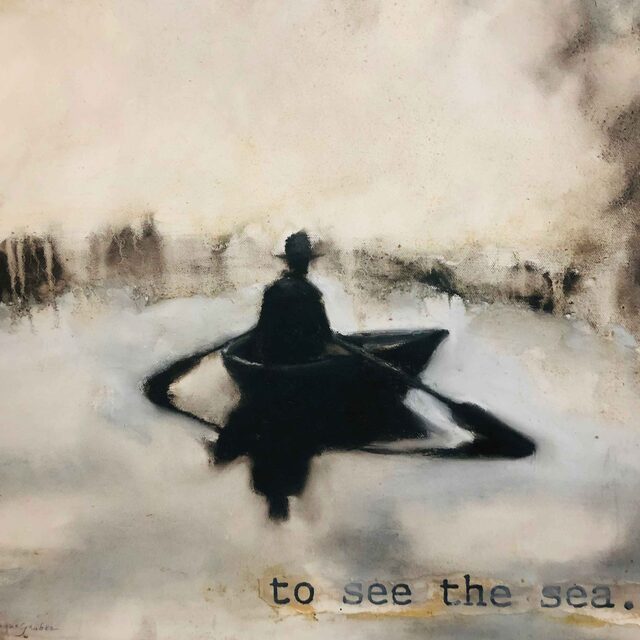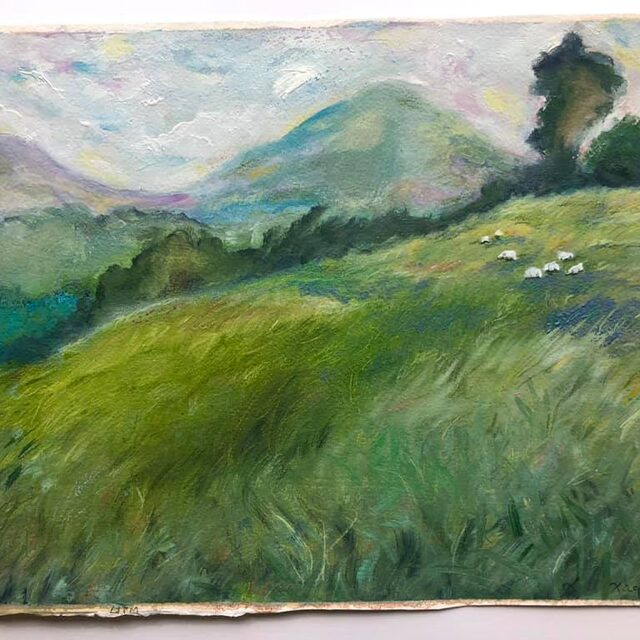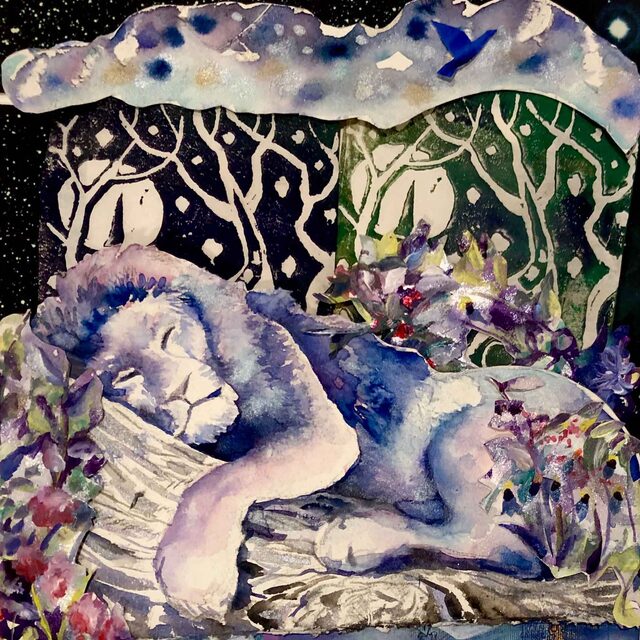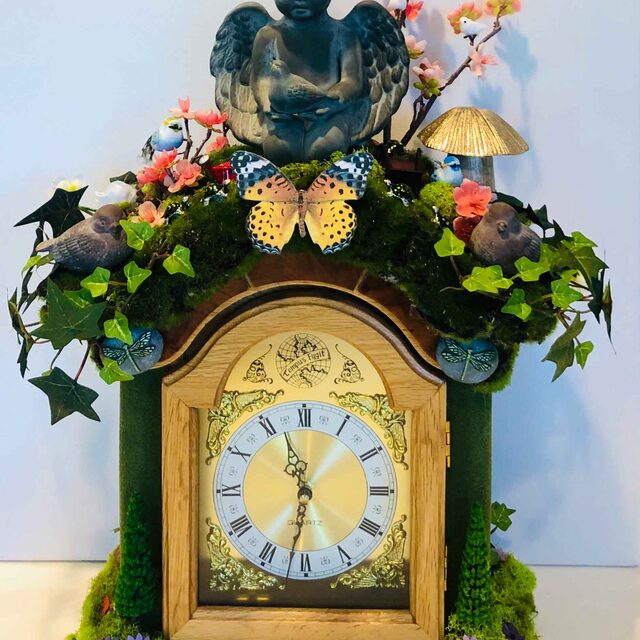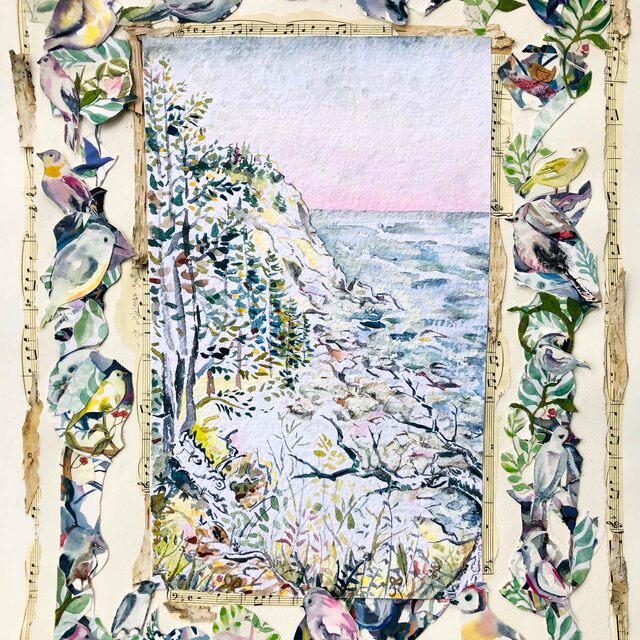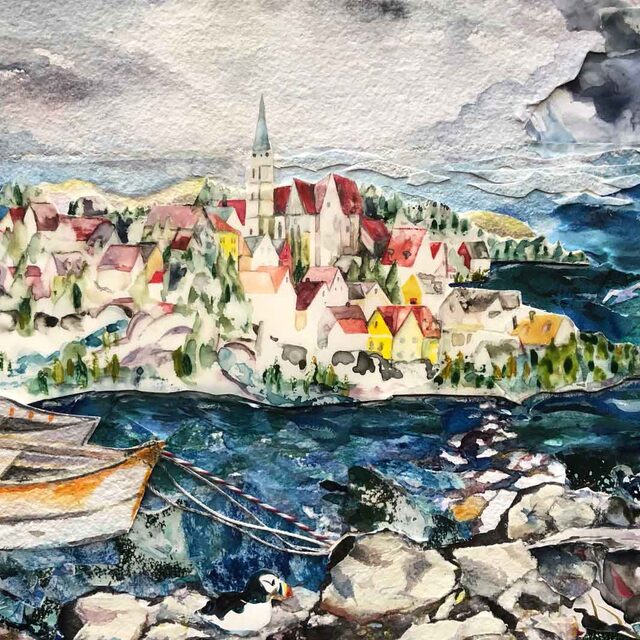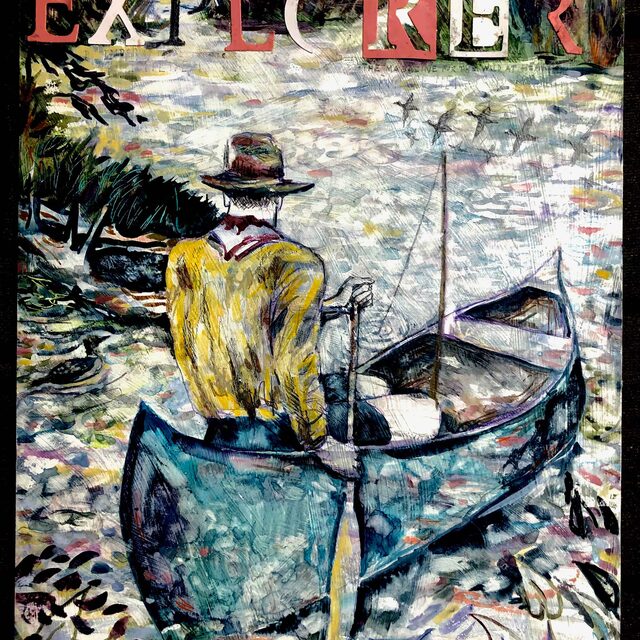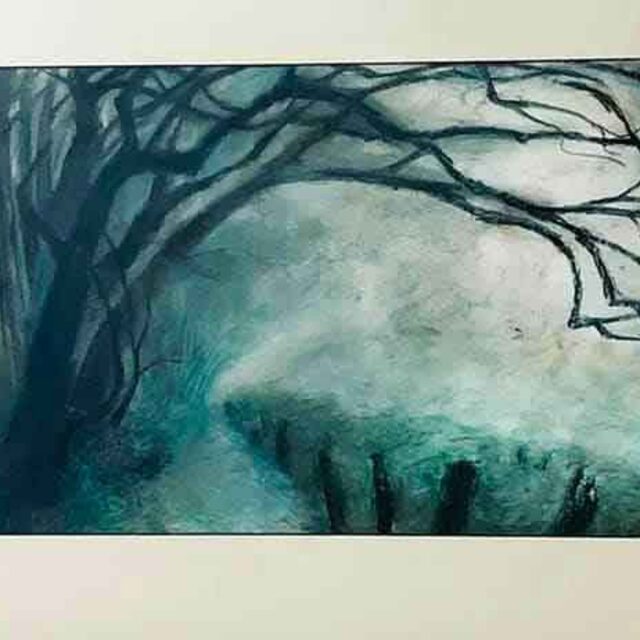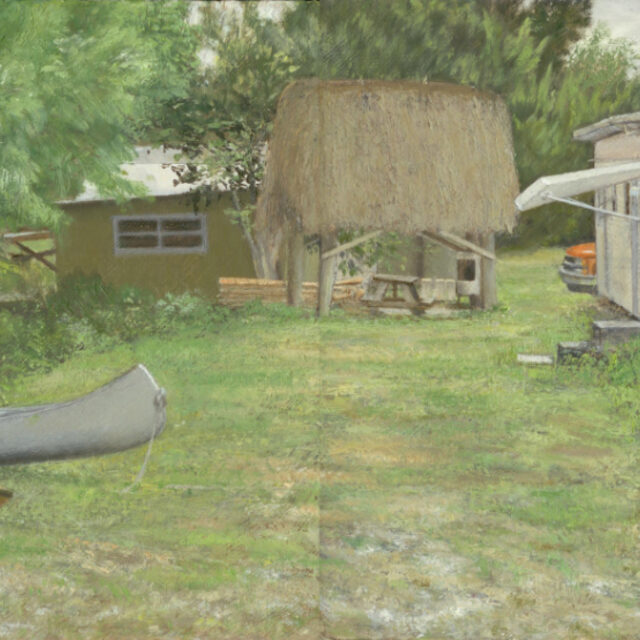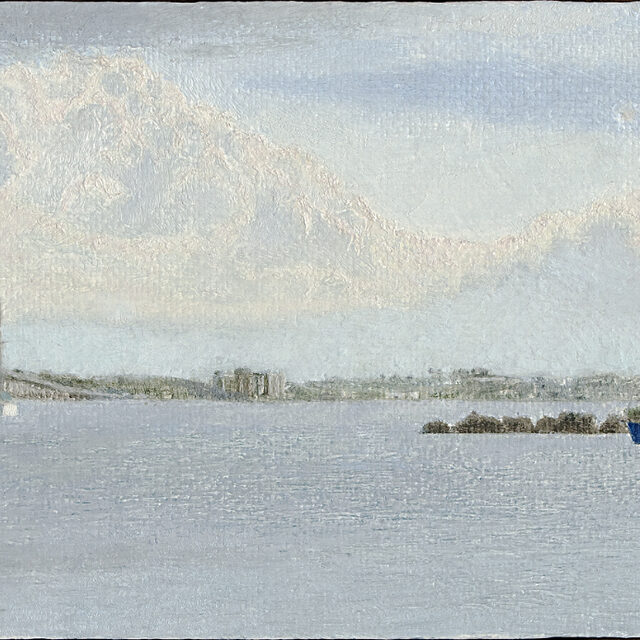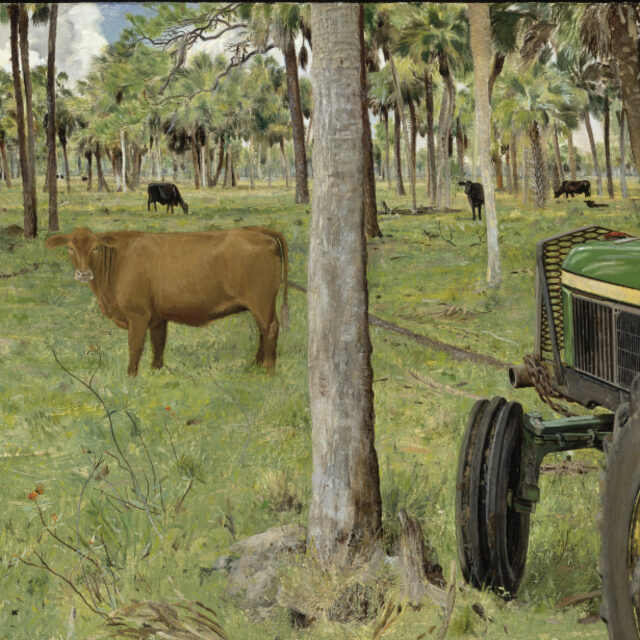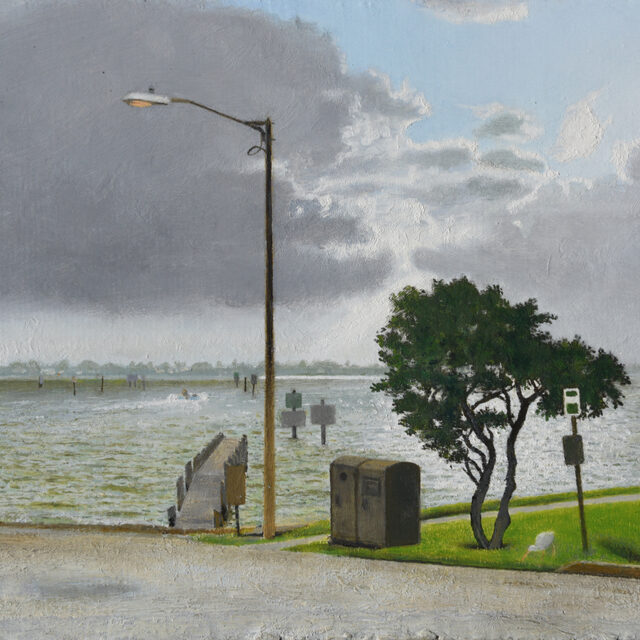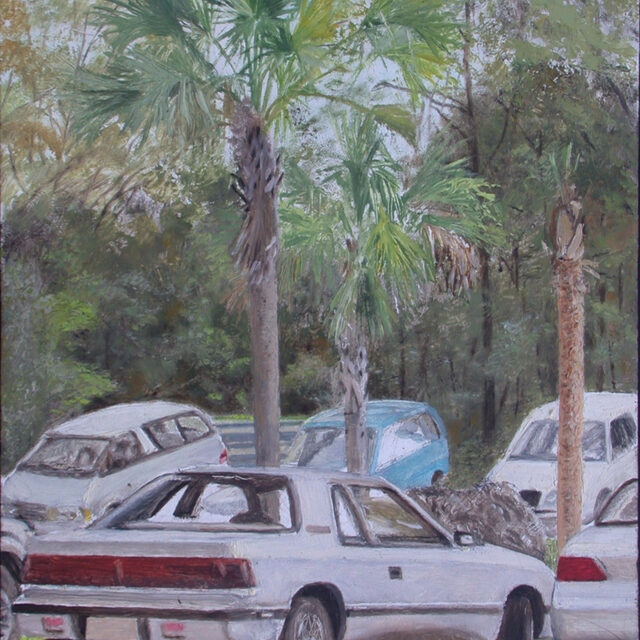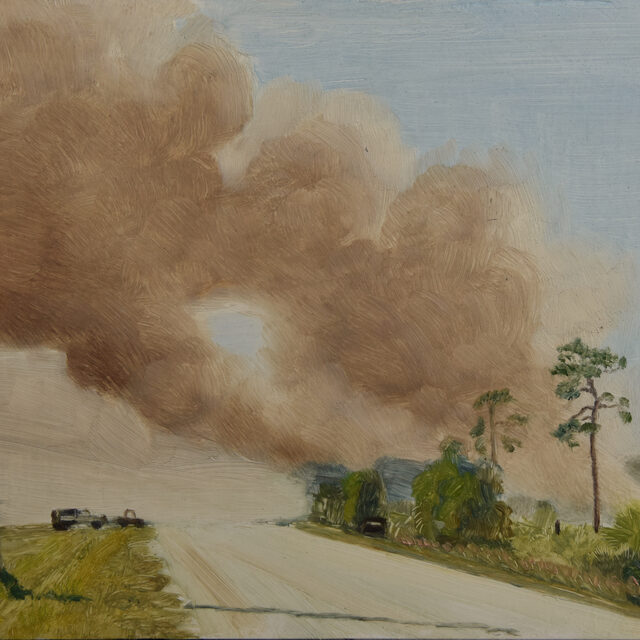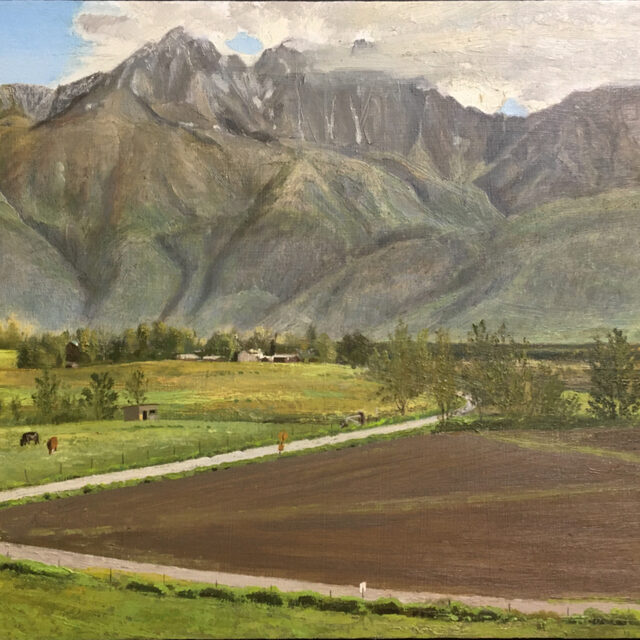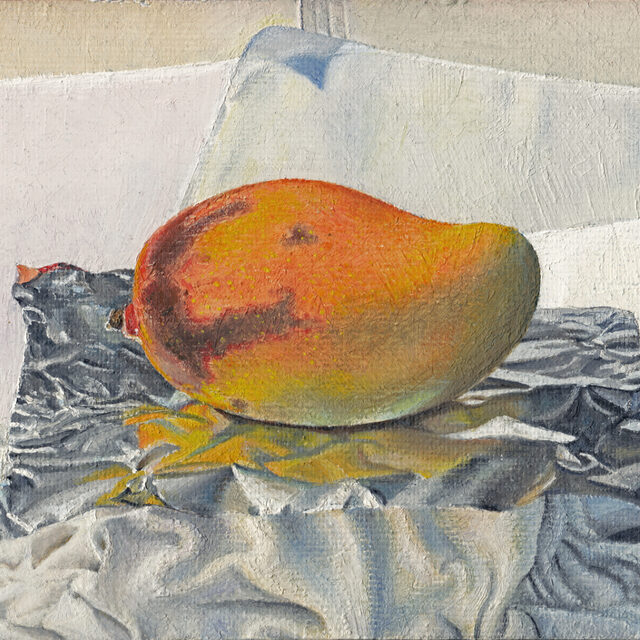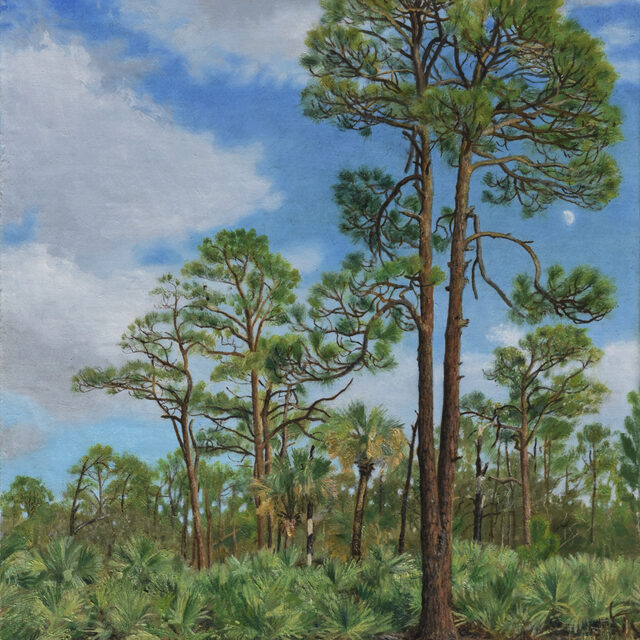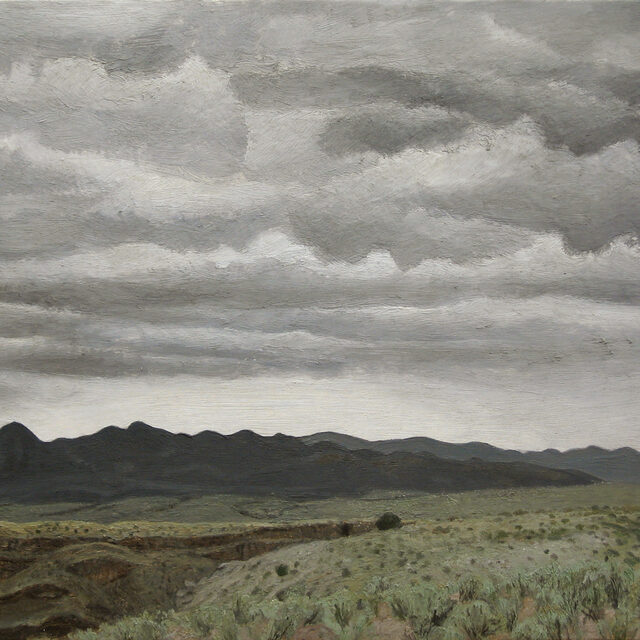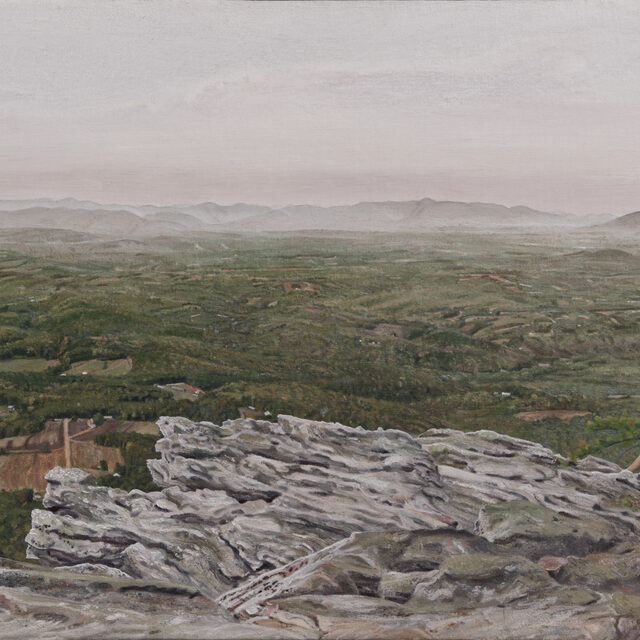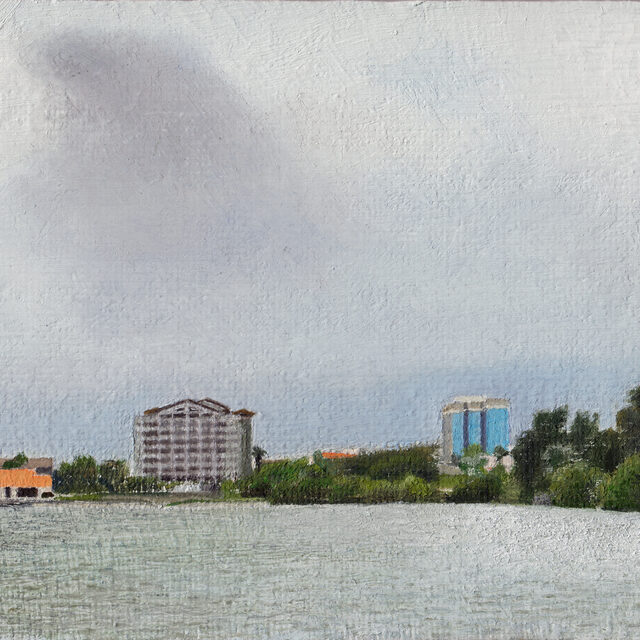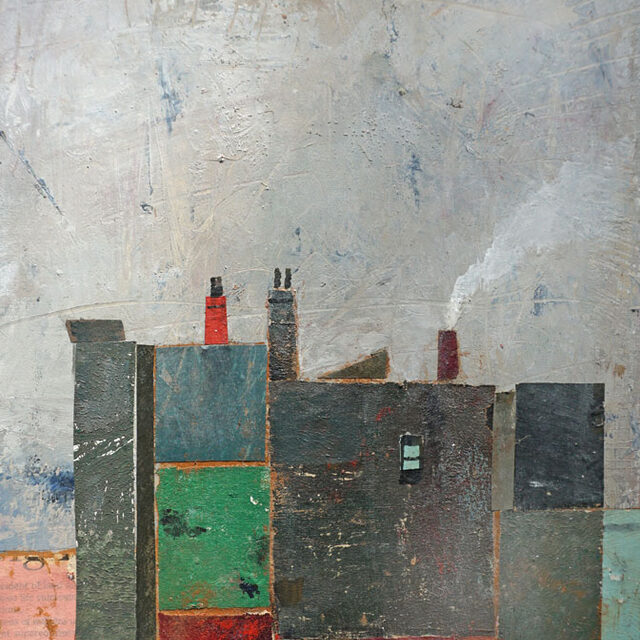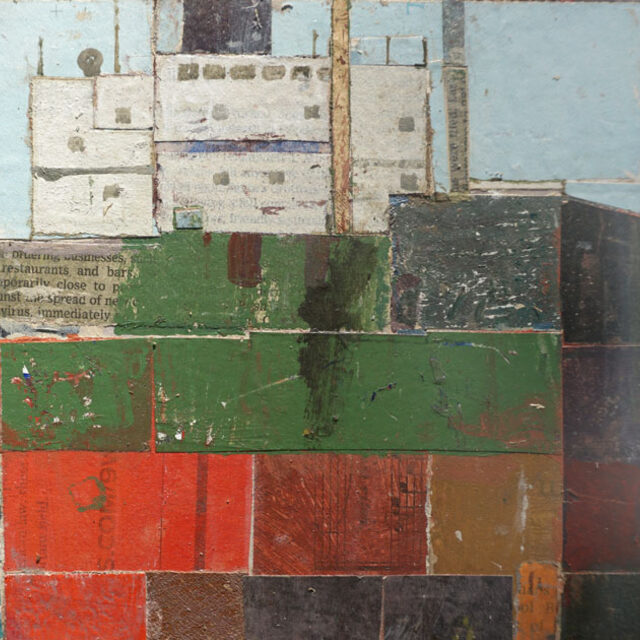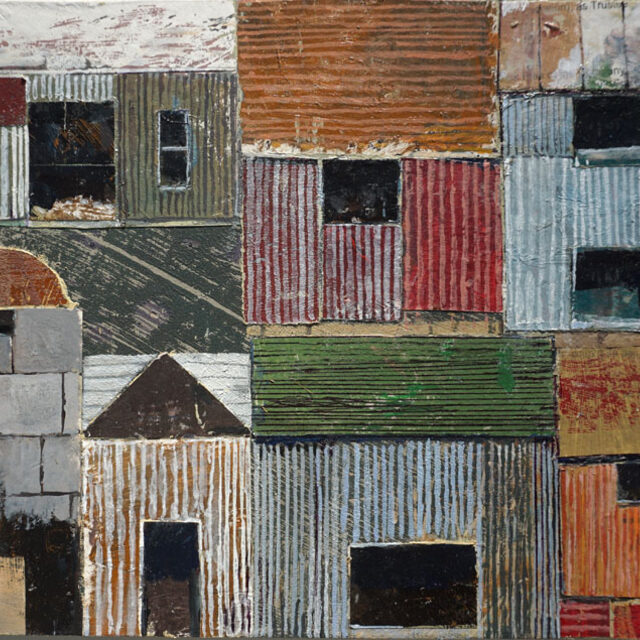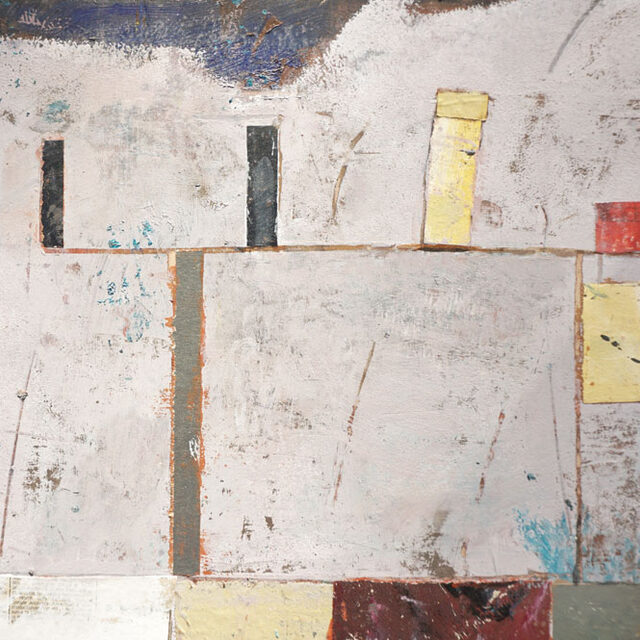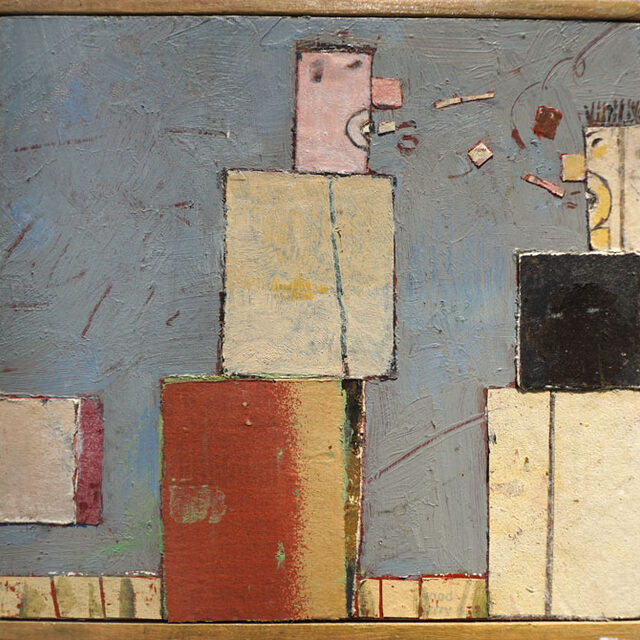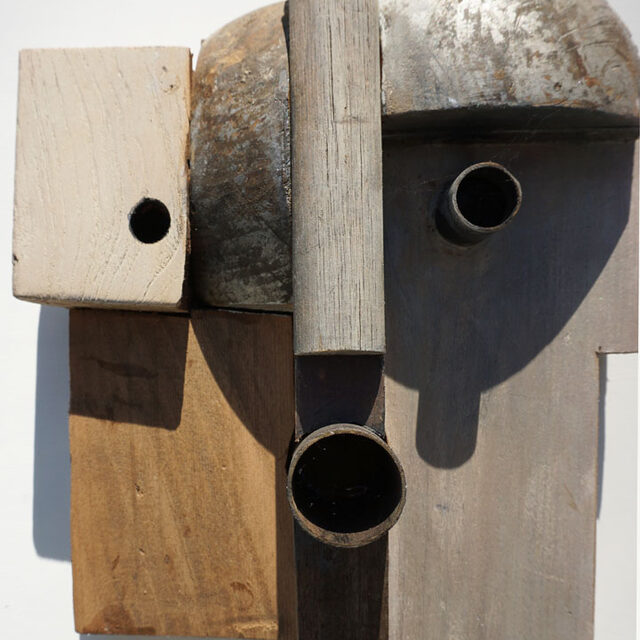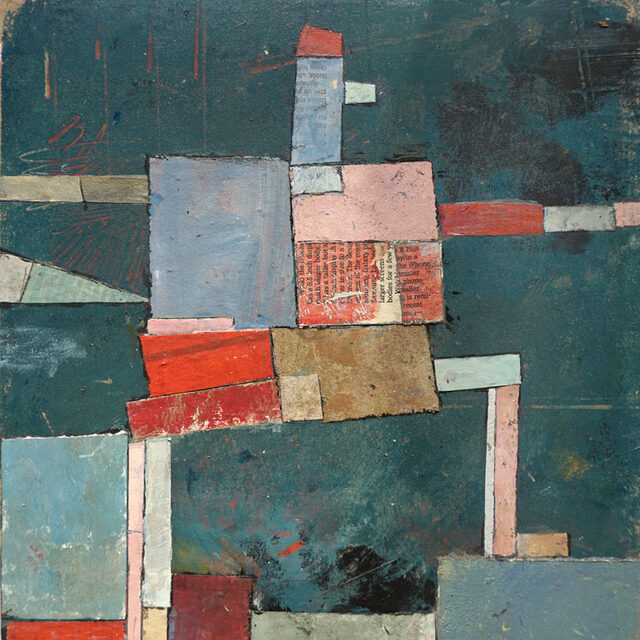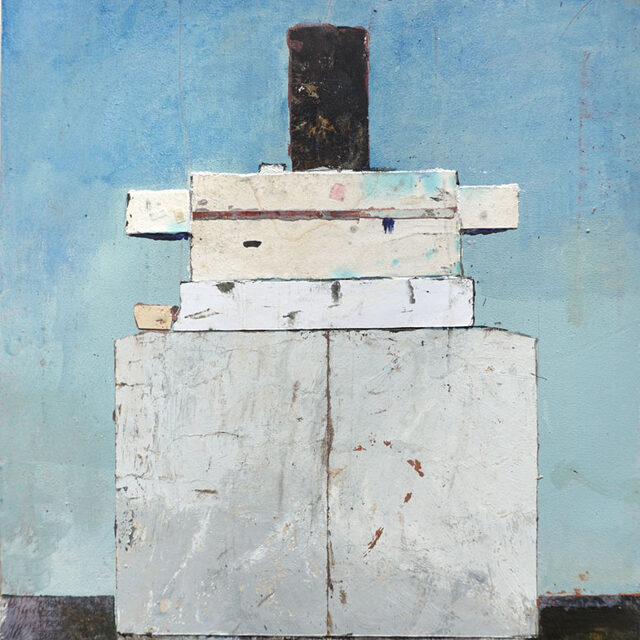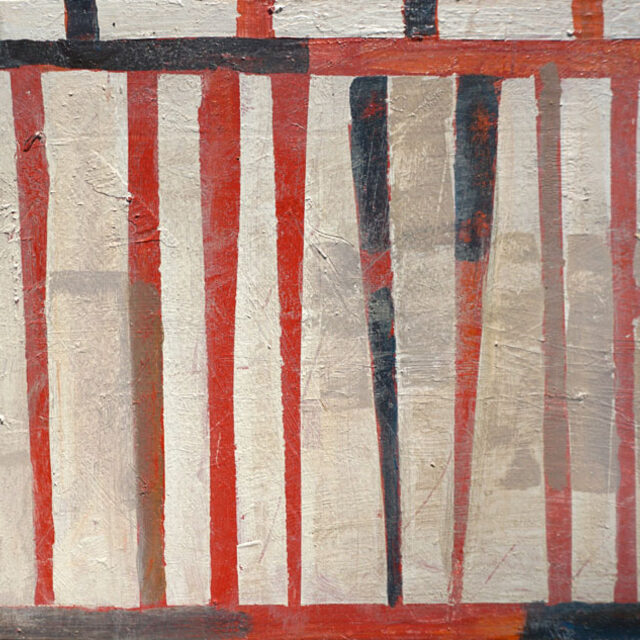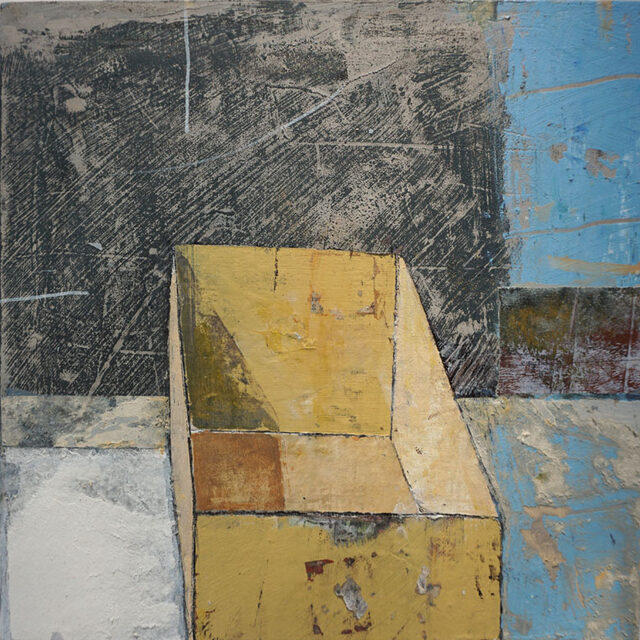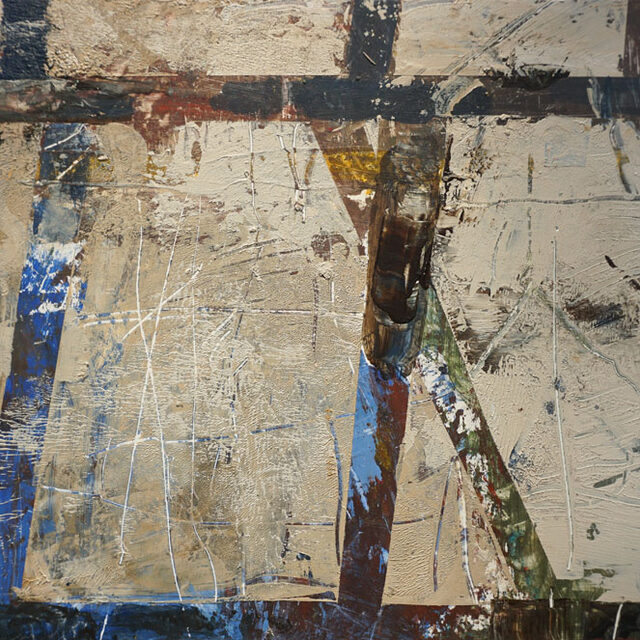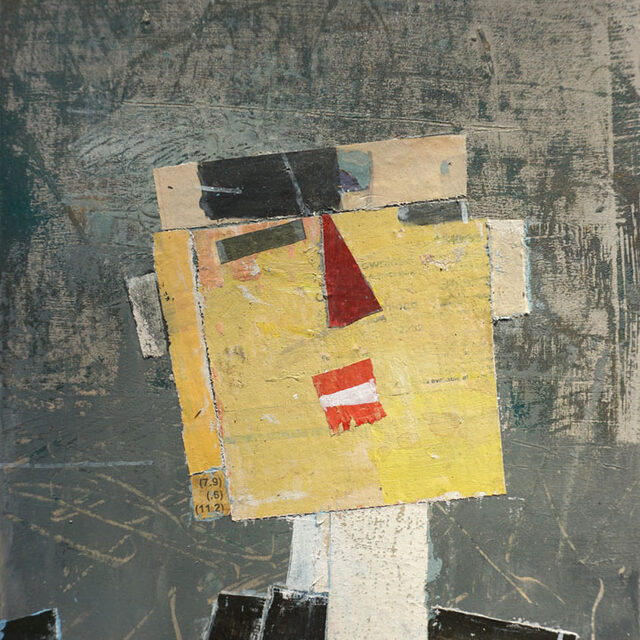Past Exhibits
Jan/Feb 2024
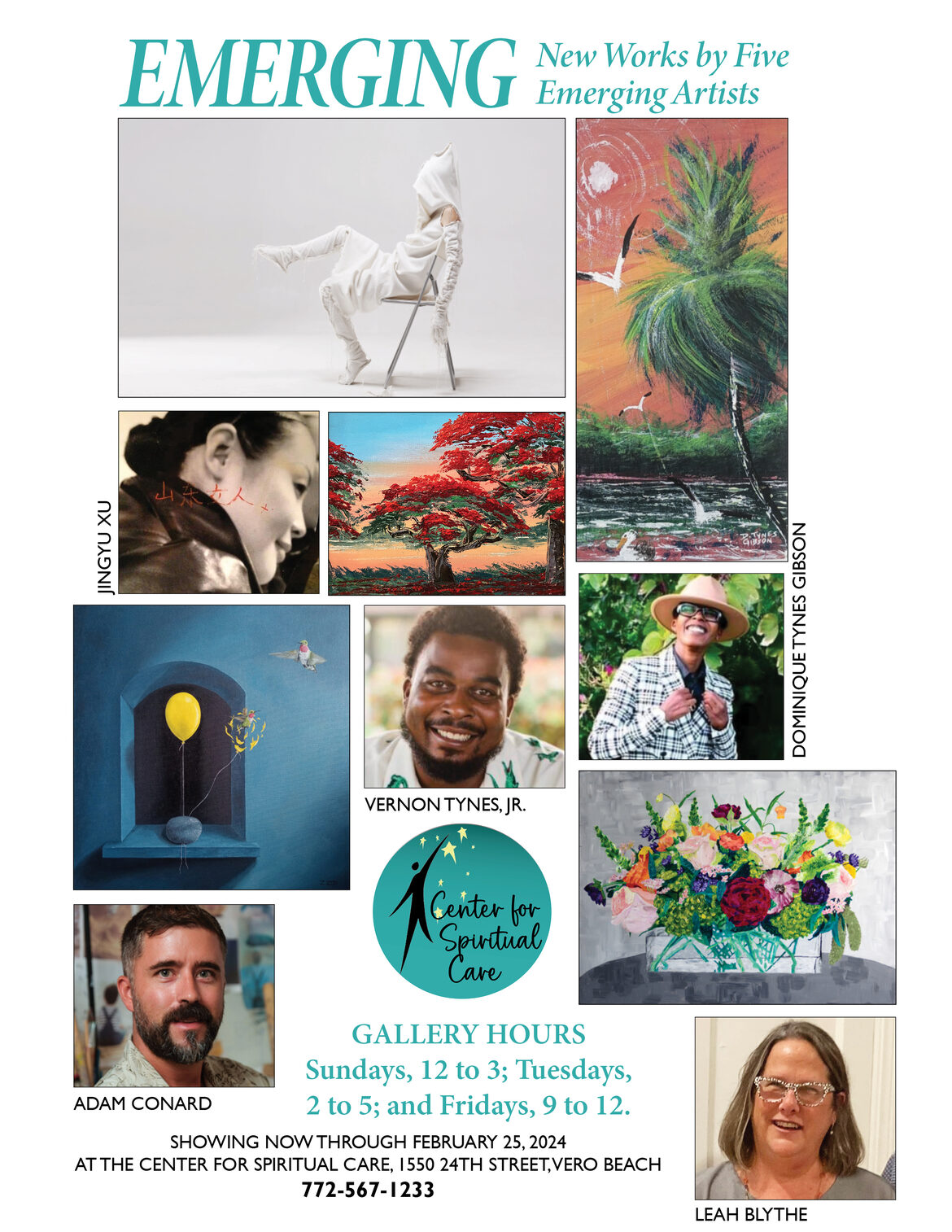
Nov/Dec 2023
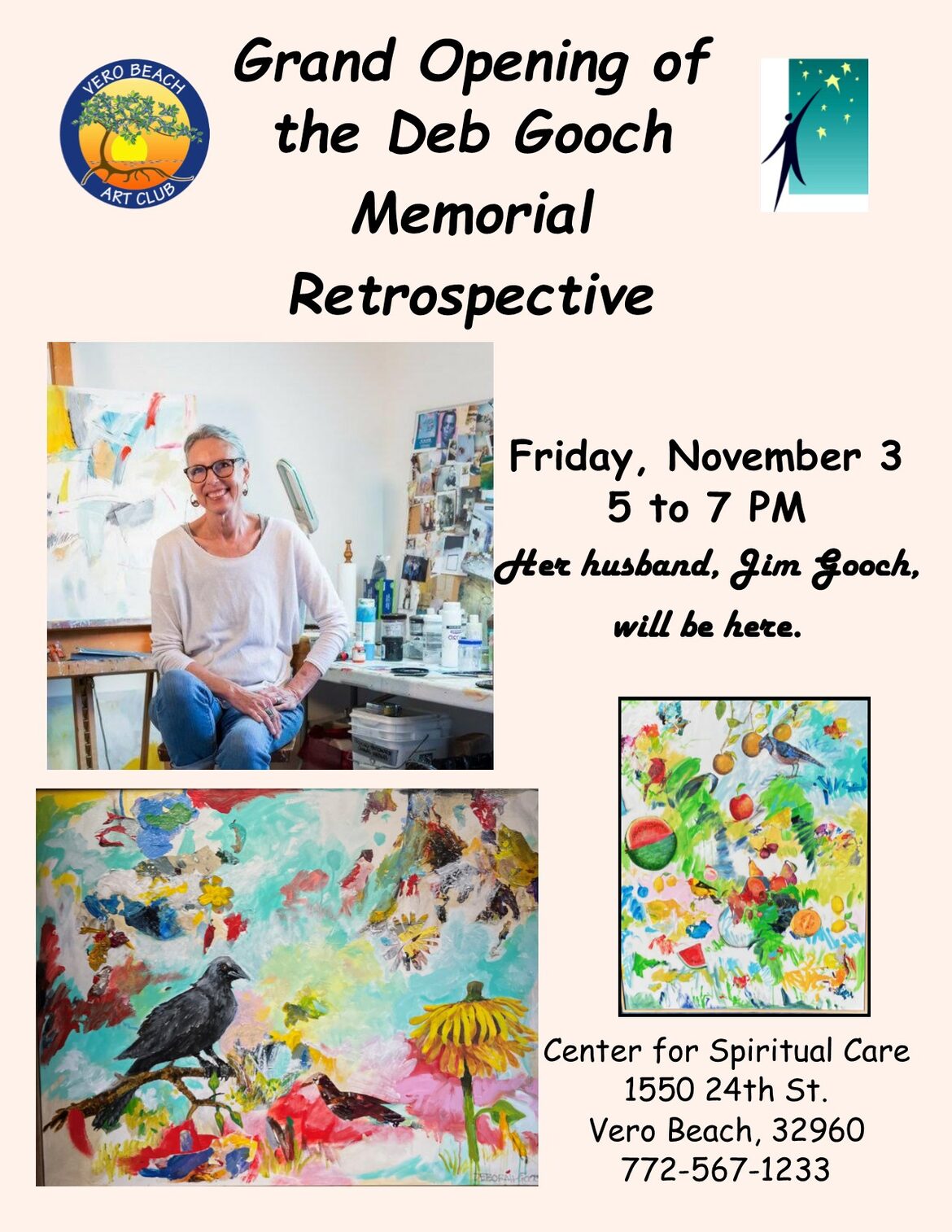
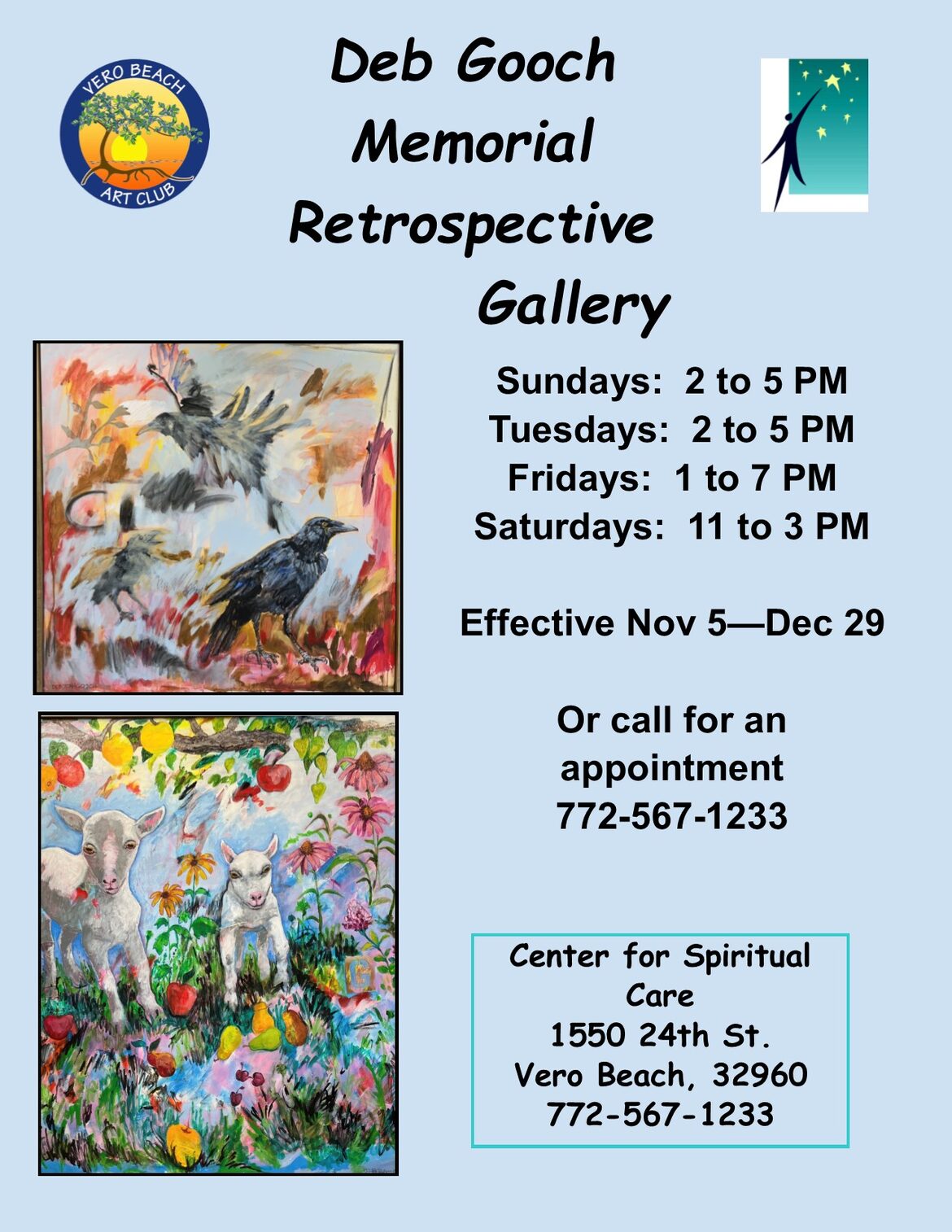
June-Oct 7 2023
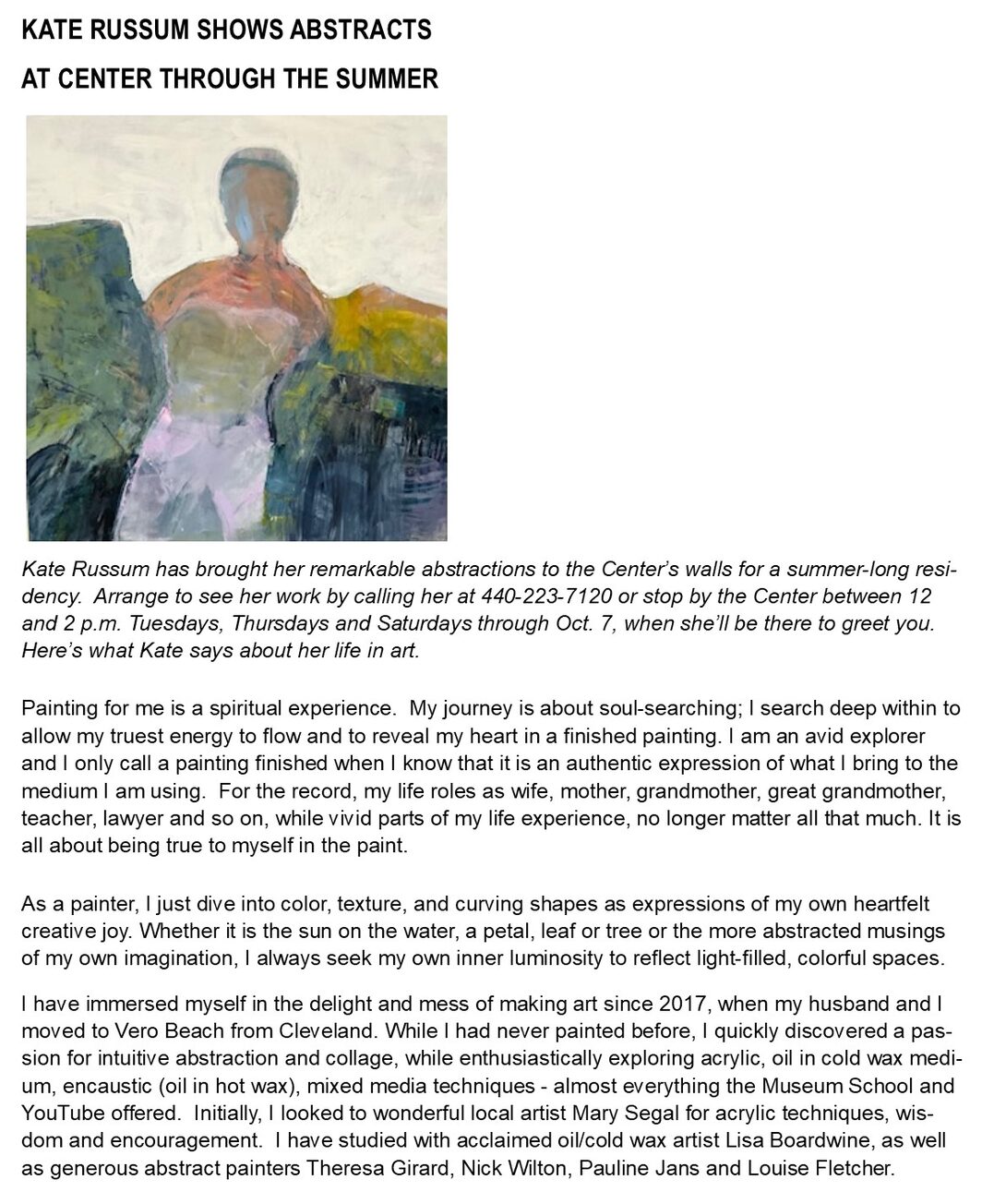
April/May 2023
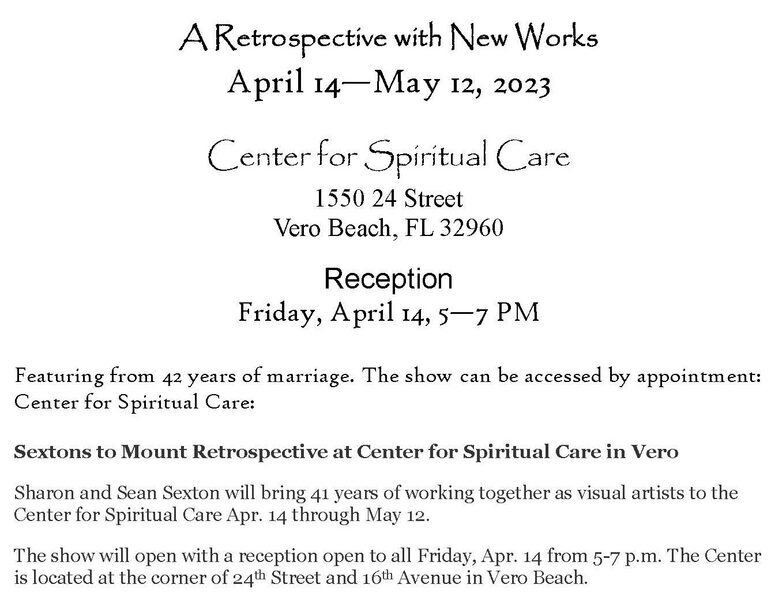
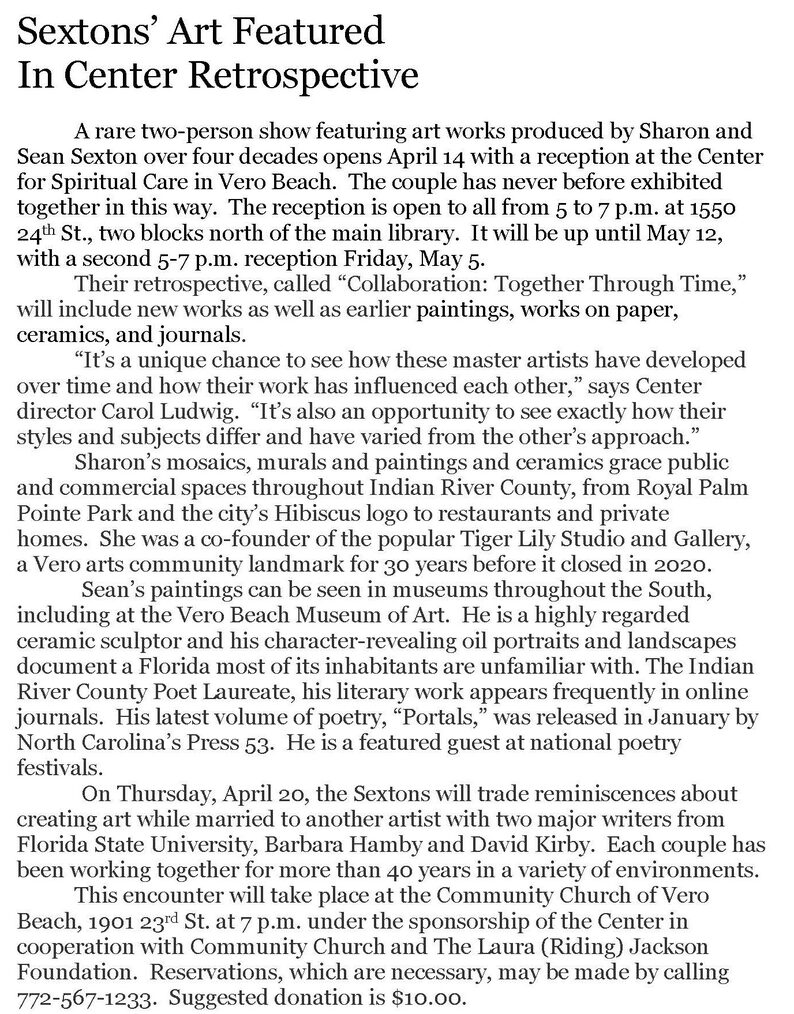
March 2023
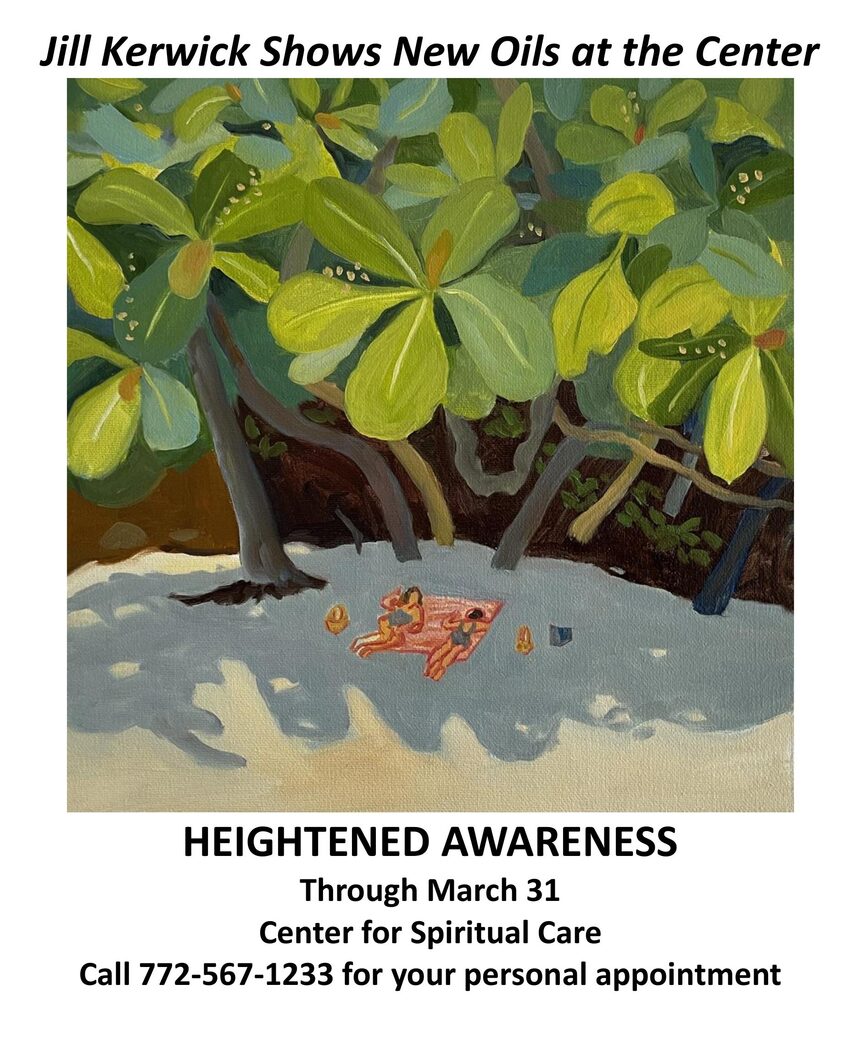
February 2023
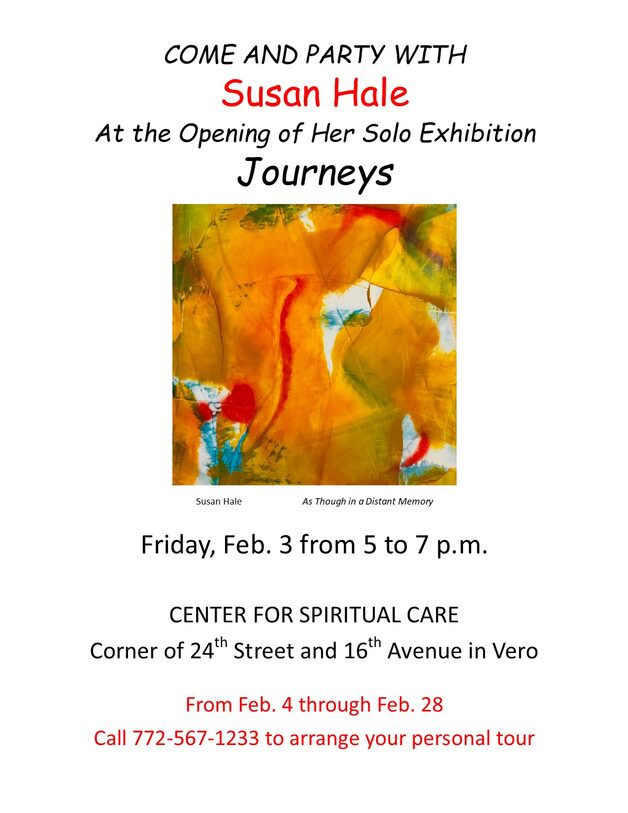
Willi Miller's Arts Blast on the Air
This week's Arts Blast on the Air - Susan Hale, a Vero Beach artist, whose paintings are at the Center for Spiritual Care in a show called "Journeys" through February. Katelyn Johnson updates us on the 36th ArtsFest, in Gazebo Park, Stuart, February 11-12th.
Listen to or download the podcast now or listen on the radio — 101.7FM ON THE TREASURE COAST —Sunday evening at 7.
January 2023
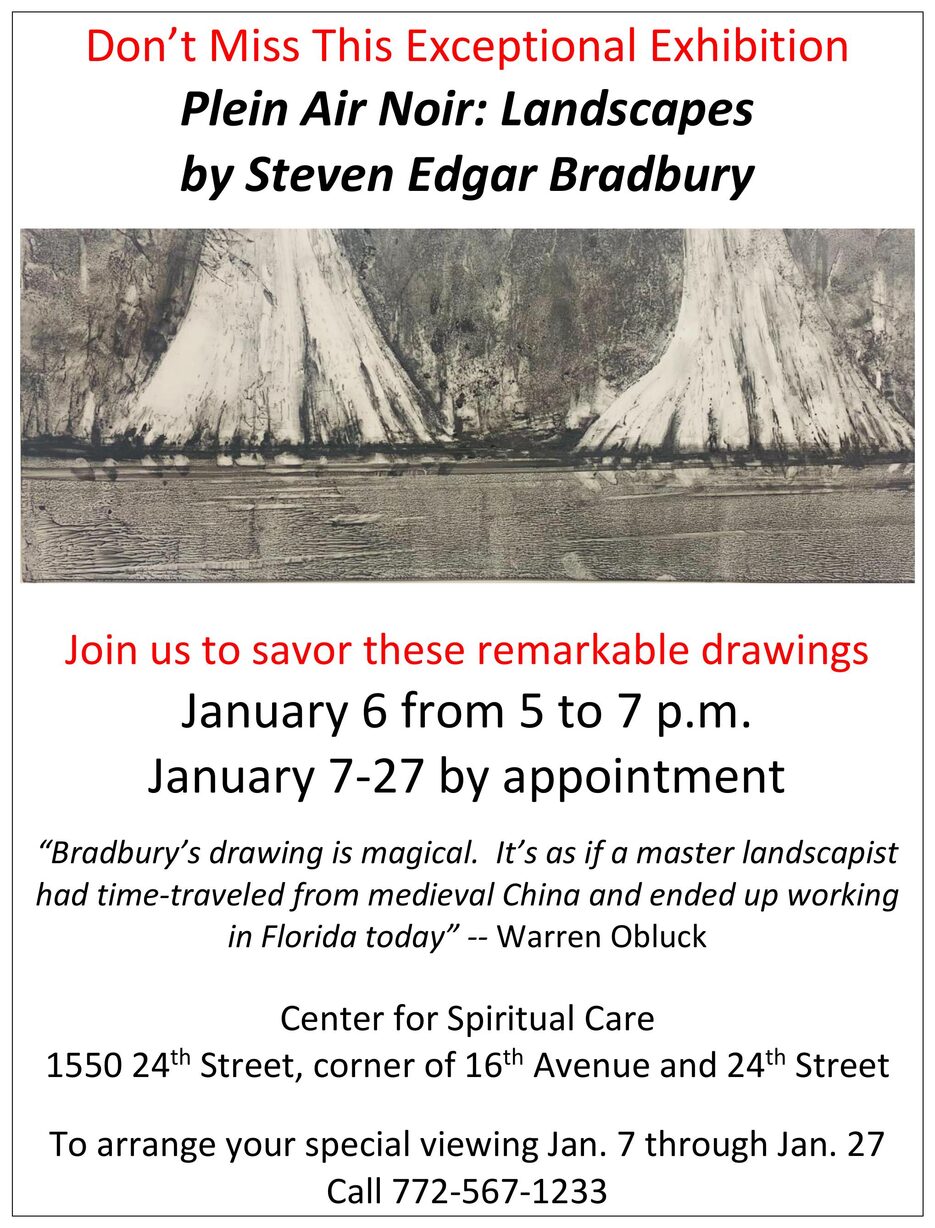
December 2022

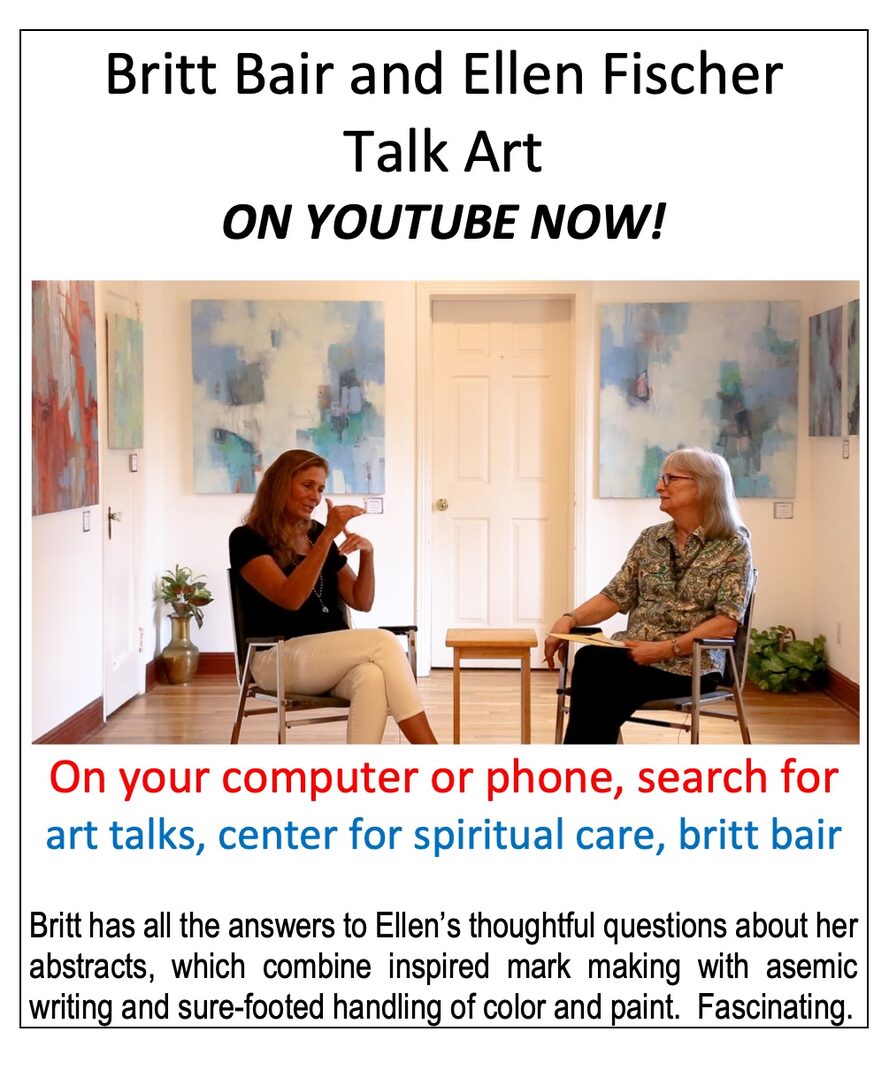
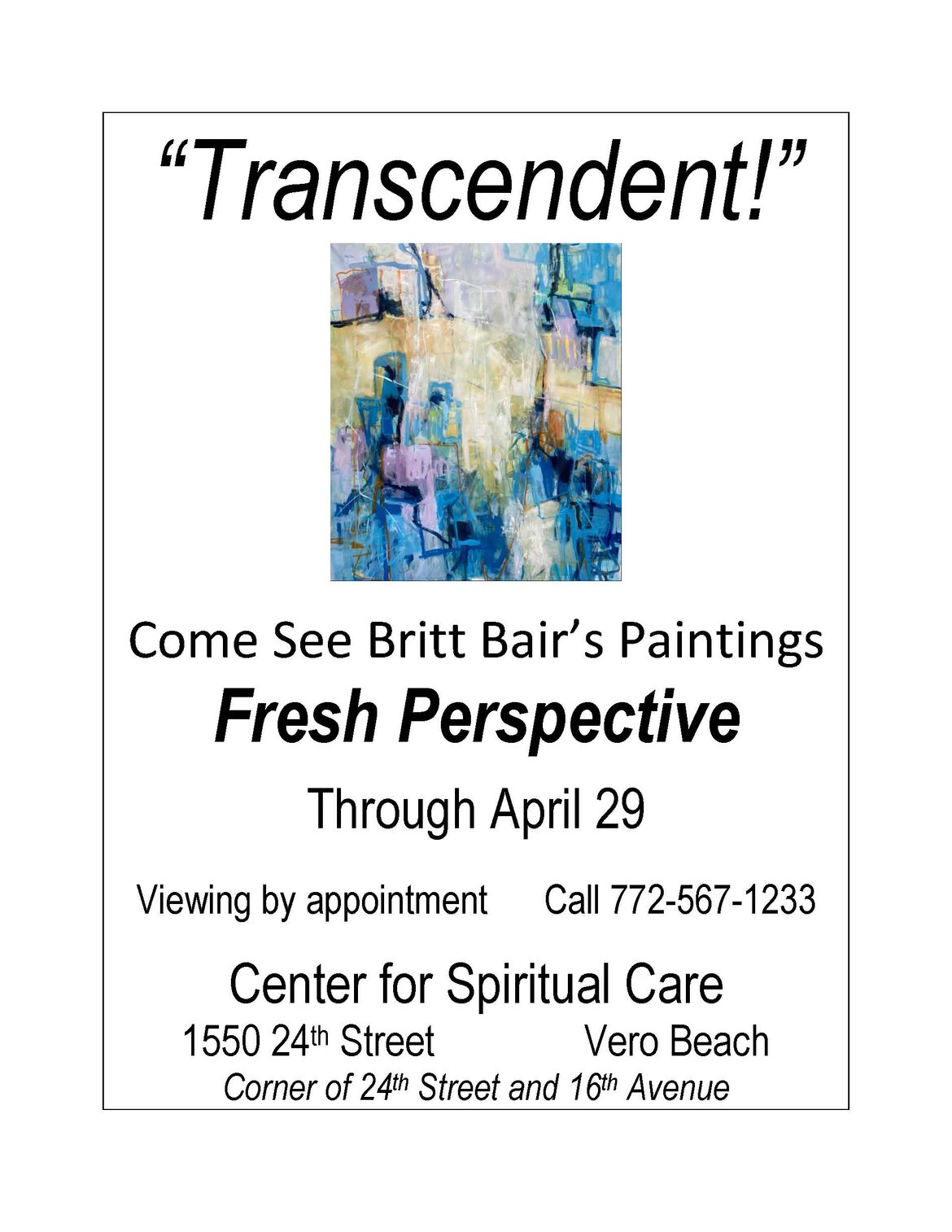
March 2022
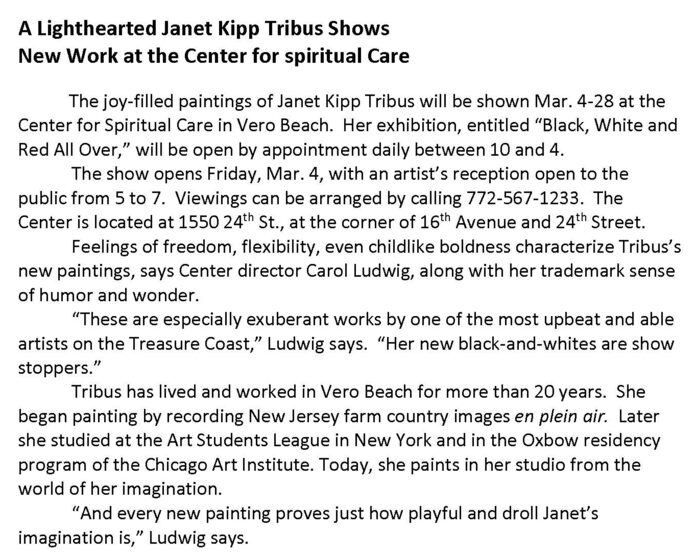
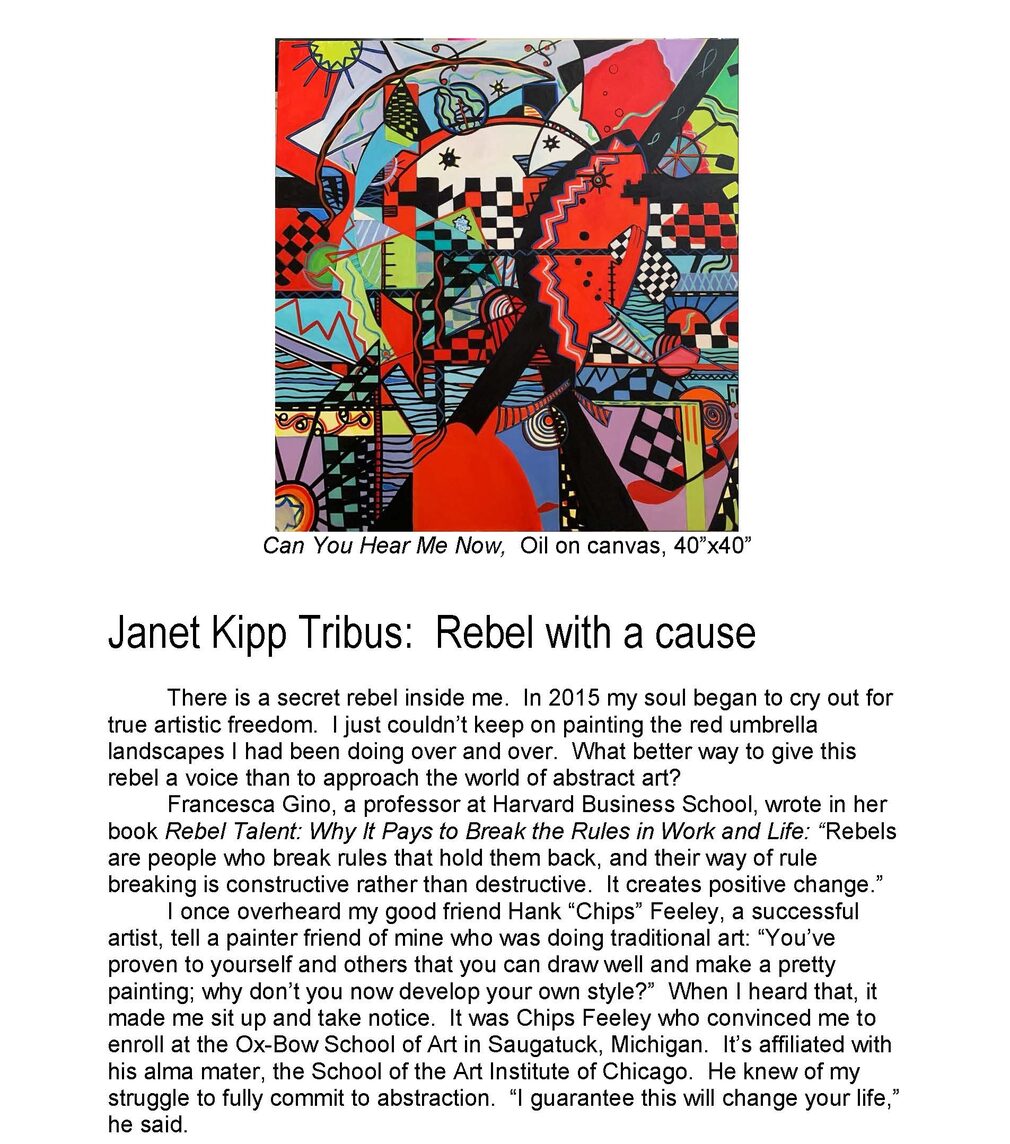
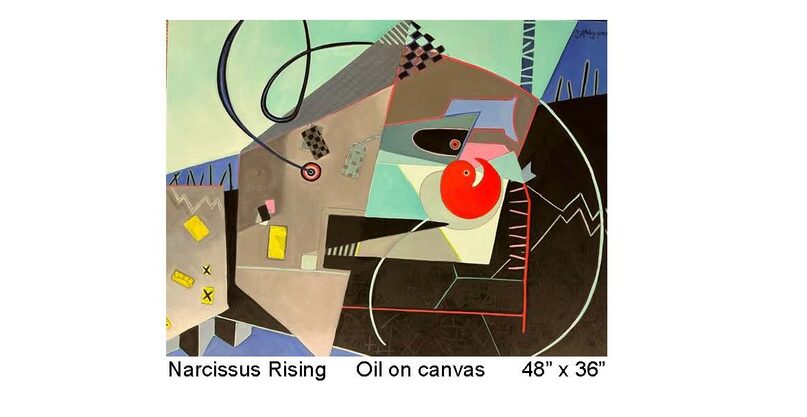
February 2022
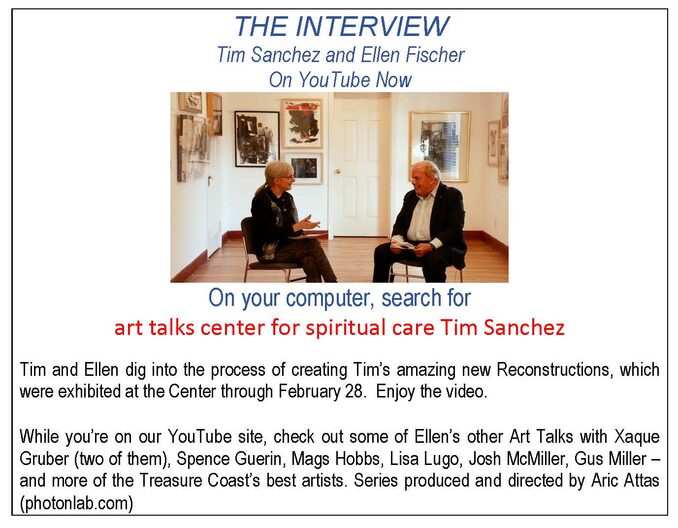
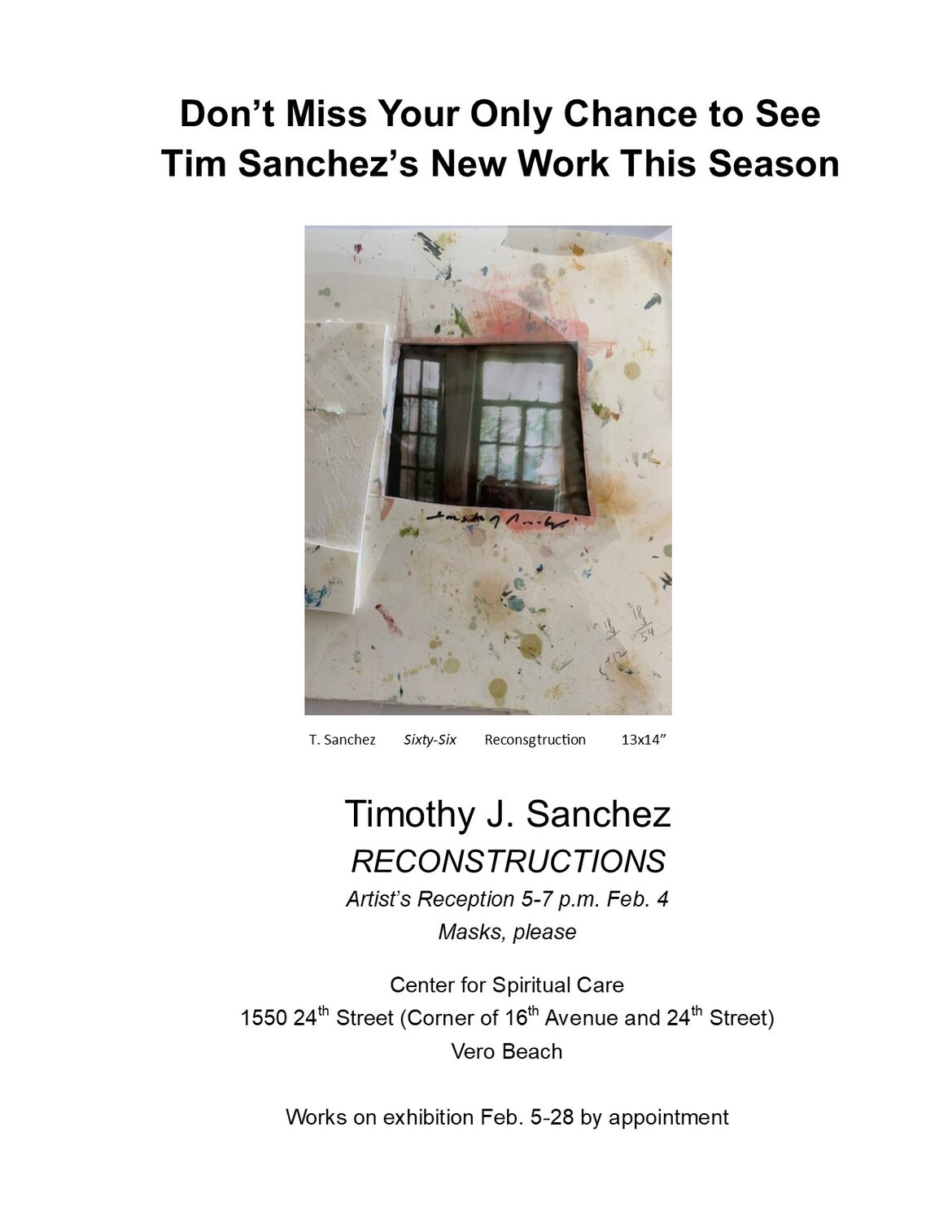
January 2022
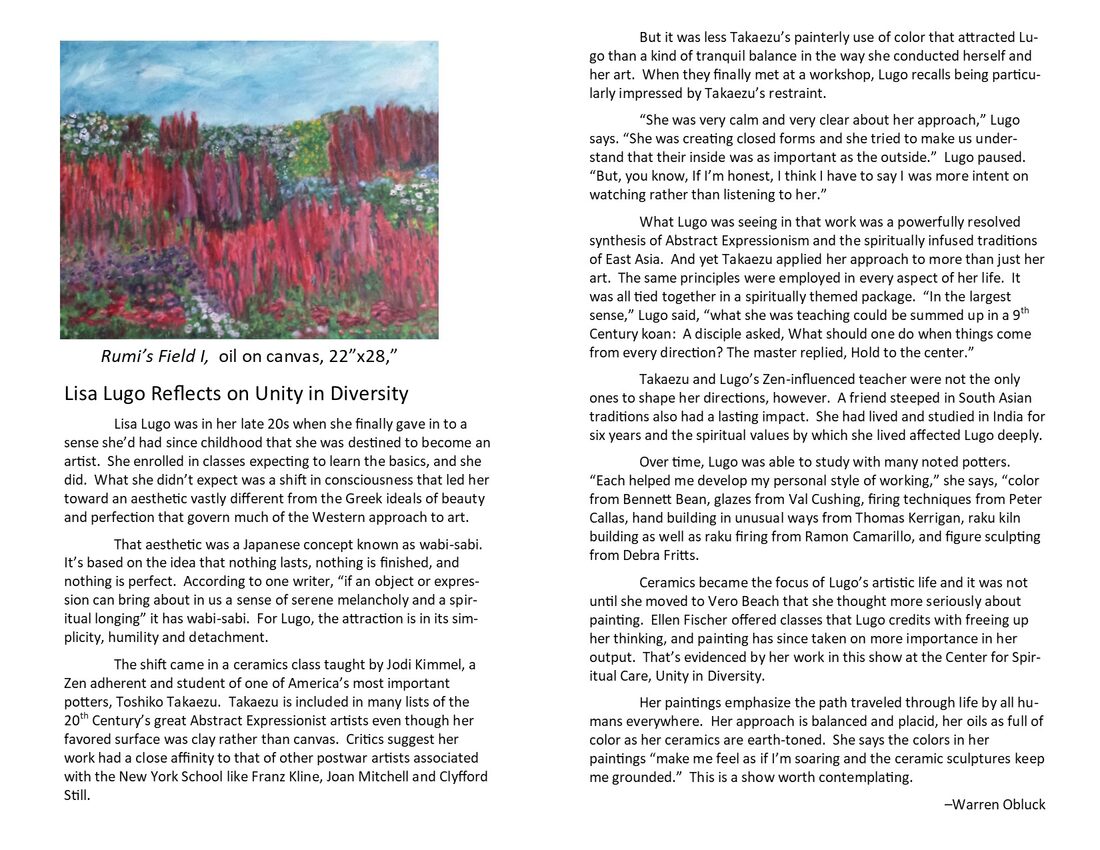
December 2021
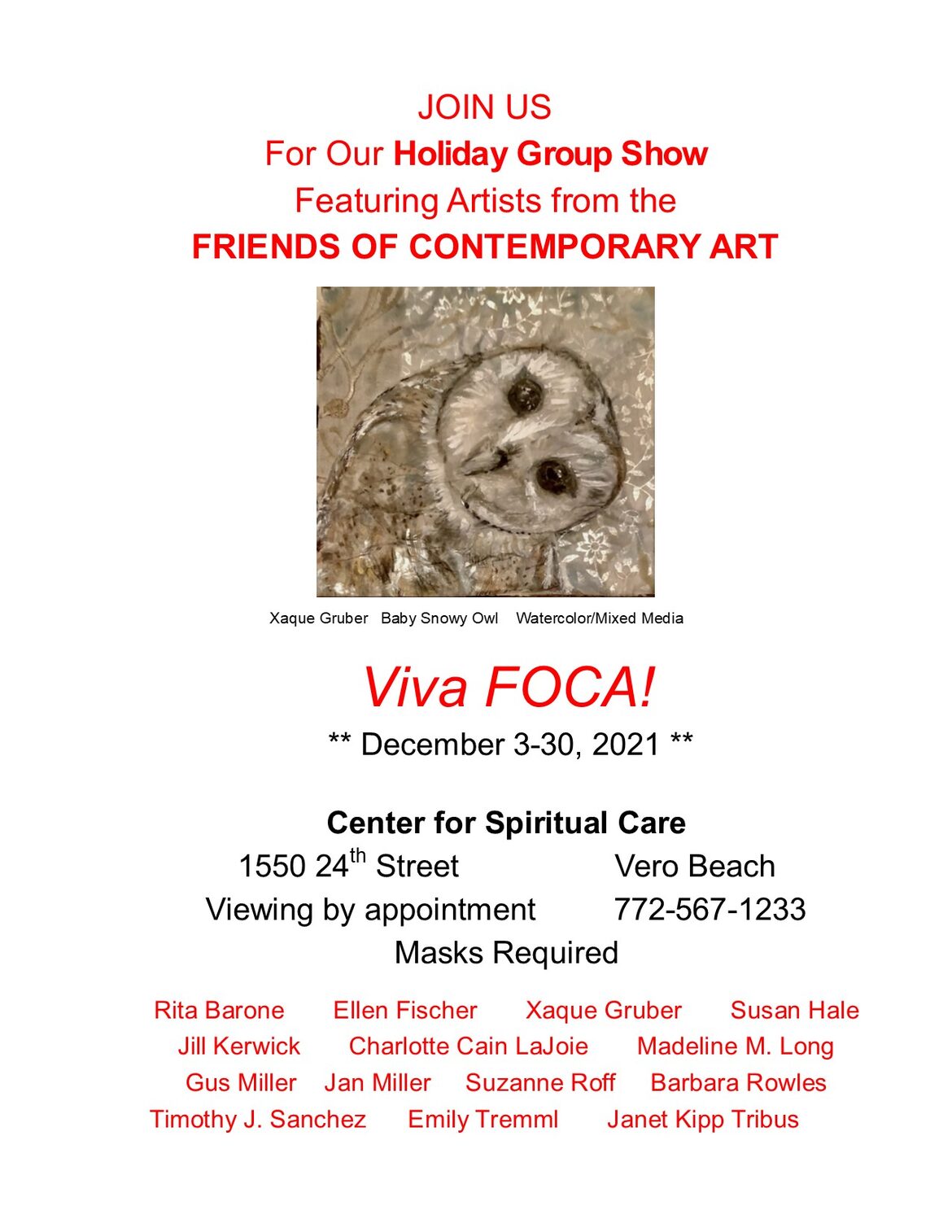
|
To see photos of the Viva FOCA! exhibition’s art, go to:
Vero News > 32963 Features > Arts > Here and ‘now’: FOCA exhibit focuses on contemporary art
Don’t miss a splendid overview of the show on YouTube at Art Talks with Ellen Fischer featuring Xaque Gruber of FOCA…
Here and ‘now’: FOCA exhibit focuses on contemporary art
By Ellen Fischer
Originally published Dec. 9, 2021, in Vero News/32963 and on Vero.com, “Your local news source for Indian River County”
There is a difference between contemporary art and modern art. At this late date in the history of the art world, the word modern is itself dated. Modern refers, shall we say, to art of a certain age. The era of Modernism began in western Europe at the end of the 19th century; American Modernism followed close behind, at the dawn of the 20th century. In the U.S., it saw its apex between the world wars; modernism was more or less over when the 1960s began.
Contemporary art is forever young; it is what is happening now. Contemporary art is not a trend, not an “ism.” It takes as many forms as there are artists to produce it.
Viva FOCA! is an exhibition on display now through Dec. 30 at the Center for Spiritual Care, which features paintings and mixed media works by 14 artists currently active in Vero Beach.
The art works range from non-objective and impassioned abstraction to symbolic and lyrical abstraction, and to varying degrees and flavors of representation.
While variety abounds in the show, the artists represented in it have one thing in common – all are Friends of Contemporary Arts (FOCA). Formed in 2020, the group promotes learning, viewing and discussing contemporary art through programs that include lectures, field trips and studio visits. (Full disclosure: This writer is a member of FOCA’s program committee and an exhibitor in Viva FOCA!)
Artist Jill Kerwick (also a Viva FOCA exhibitor) and Sharon Smith Theobald co-chair the FOCA committee. Theobald is a senior member of the American Society of Appraisers and the owner of Appraisal Associates International. Bernadine Speers is FOCA’s treasurer and membership chair. She and her husband are volunteers and philanthropists with historical- and art-based nonprofits. Art historian Danielle M. Johnson, PhD, serves the committee as advisory consultant.
According to Speers, the objective of FOCA is not only to learn about trends in contemporary art, but also to “share the work of artists – local, regional and national.”
After a self-imposed break in programming during pandemic restrictions, the Viva FOCA! exhibition is the planning committee’s way of welcoming a new season of FOCA events, while presenting works by its artist members to the public.
Exhibiting artists are Rita Barone, Ellen Fischer, Xaque Gruber, Susan Hale, Jill Kerwick, Shotsi Cain Lajoie, Madeline Long, Gustav Miller, Janvier Miller, Suzanne Roff, Barbara Rowles, Janet Kipp Tribus, Emily Tremml and Timothy J. Sanchez. When asked why they joined FOCA at its inception in 2020, the artists’ answers shared a common thread. All said they enjoy meeting with others who are eager about art of the now.
Sanchez, a painter possessed of an MFA from Long Island University, a 35-year career in art education and a residency in Vero Beach that spans 20 years, says he was more than ready for a group like FOCA to come along.
Calling FOCA a “long-awaited organization,” Sanchez says “when I heard that there was to be an organized effort to provide artists and others with a vehicle to discuss art, view works and have art professionals speak about topics that have been the core of their existence, I was excited to join it.”
Sanchez is showing two examples of the expressionist collage paintings for which he is popular with collectors. One of these is “Silver Spoons,” a densely packed composition that contains two of the titular objects hidden among dynamic paint strokes and lively scribbles.
Painter and photographer Jill Kerwick says she joined FOCA because “I wanted to spend more time with people who appreciate the process of making art, viewing it and talking about it. The contemporary art world is fascinating, relevant and full of new ideas.”
Kerwick has an MA from New York University; her Bachelor of Fine Arts is from Moore College of Art in Philadelphia. Kerwick is showing a painting on canvas titled “What can be Done.” Its poker-faced portrayal of several small animals confabbing in a flower bed will simultaneously amuse and disquiet viewers.
Suzanne Roff is new to Vero Beach. Until recently she lived in the greater New York City area. There Roff was a faculty coordinator in the Social Sciences at New York University; the same institution awarded her its PhD in Counseling Psychology. After relocating to Vero, Roff says she “sought a group of like-minded friends who appreciate how contemporary art opens us to a new visceral, aesthetic experience that touches our inner world.” Roff is a painter, a writer and a nonprofit volunteer. Her Viva FOCA! contribution includes a painting titled “Honeymoon Ghosts.” It shows a group of people on a long-ago beach posing with a trophy sailfish.
As formidable as its members’ resumes may sound, FOCA membership is not limited to artists or PhDs. Roff asserts that the FOCA experience “is to be shared and enhanced with others as viewers, (as well as) as producers.”
Sanchez concurs. “Art without community is meaningless. FOCA provides that community and for this reason alone is an extremely important undertaking.”
In other words, you need only a desire to see and learn about contemporary art to find community in FOCA. “FOCA is an interesting mix of artists, art patrons and others who are interested in contemporary art” says mixed-media artist Susan Hale. “FOCA’s lectures, talks and interviews have been stimulating and useful to me in my ongoing quest to learn and appreciate more and more about different artists, and what drives them to paint.”
Hale says that membership in the group has brought her new friends with fresh opinions.
“That is another bonus of joining FOCA. I’m always interested to hear others’ viewpoints and share mine as well,” she says. This season’s FOCA programs will give its membership plenty to opine upon. After the first of the year the group will take a field trip to the Norton Museum in West Palm Beach and hear a lecture by a consulting curator for European art. Also in the works is a group tour of the upcoming “Vero Collects: Hidden Treasures Revealed” exhibition at the Vero Beach Museum of Art.
Vero-based filmmaker, writer and artist Xaque Gruber is contributing two tender portraits of snowy owls to the Viva FOCA! exhibition. “I feel happy and nourished when I am around fellow artists in their element,” says Gruber of his FOCA membership. “I am grateful for this special group for providing community, creative energy and conversation with like-minded artists in Vero.”
Gruber speaks for his pandemic-weary colleagues when he says, “COVID turned the world upside down, but artists will be part of the reason why the world will turn right-side up again.”
November 2021
Joshua McMiller
Revelations of Nature
Acrylics and mixed media
November 5-30, 2021
To contact Josh, learn more about him and view other works, visit his website: joshuamcmiller.com
Joshua McMiller Explores
The Dynamics of Nature
Josh McMiller is an explorer by nature. So it seems eminently reasonable that his show this month at the Center for Spiritual Care looks at what nature has revealed to him.
In Birmingham, Alabama, where he grew up, Josh was one of six kids, so the house was, as he puts it, “busy.” To escape the hubbub, he would retreat to the woods that bordered his home. “I was small but it was safe and I could be all by myself,” he says, “I would spend hours in there just trying to figure it out.”
It was a world different from his and he not only saw it that way, he approached it that way. It was a place where he could create his own universe. Different creatures inhabited it, coexisting side by side. He was fascinated by the wildflowers and grasses, even the weeds.
The center of his new world was a stream that traversed the woods. The movement of light on the water fascinated him, as did the reeds and the motion of their stems in even the lightest breeze.
People thought of me as an extrovert, he recalls, “but the truth is I was kind of introverted.” He used his natural drawing skills to build a reputation among the other kids.
“By the time I was in the third grade I was able to render faces and character pretty accurately and my friends really liked to have me draw them,” he recalls. But things got out of hand.
“So many students began to ask that I couldn’t handle it all, so I started to charge a quarter to control the numbers.” Demand never declined and by the time he reached sixth grade he was able to charge a dollar per portrait.
Josh knew he could draw, but there was no reinforcement in his professionally oriented family, and he did not take his talent seriously. Still, he was getting other signs that art was more important to him than he realized. “I couldn’t identify with the culture of my highschool and it caused me some anxiety,” he says. “The only place I could find relief was in my art class.”
Happily, he transferred to a magnet school where he excelled academically and which offered a very advanced art program. His art teacher saw quickly that Josh had exceptional talent and nurtured him. “She expanded everything for me creatively. She just kept pulling out more. Eventually she began entering my work in statewide contests and I actually won some of them.”
Nevertheless, when he enrolled at the University of Alabama it was in biology as a pre-dental major. “My mother’s Ph.D. was in biology. She wanted me to study science, and that was it.”
At the end of his first year, however, he had an epiphany. “This is not me,” he told himself, and he switched to studio art. Unfortunately, Alabama is not the South’s Rhode Island School of Design, and Josh became disillusioned. When the unexpected chance came up to sign a modeling contract with the Ford Agency, he jumped at it. And Life happened. For years, ads featuring him appeared regularly in Vogue, GQ and Cosmopolitan among other publications.
Now, art became a refuge. When faced with problems or tough decisions, he would retreat into drawing. “It would let me get my emotions out and would clear my head.” At age 27, he finally decided, “Art is who I am.” He was living in New York, absorbing the pace and energy and getting it all into the work he was doing. “It was as if I was actually putting pieces of myself into my work,” he says. “When that happened, everything changed.”
Today, Josh has come full circle. The world he is creating through his art is a nature-based world. Nature still speaks to him, he says, “and it reveals more energy than the eye can visibly see. My hope is to share this energy, to make the ordinary beauty of my world extraordinary.”
-- Warren Obluck
|
|
April 2021
MAGS HOBBS
Fun-light on Imagination
Acrylics and collage
April 2-30, 2021
Call 772-567-1233 for inquiries or your appointment to view
To contact Mags, learn more about her and view other works, visit her website: magshobbs.com
Tour of Mags Hobbs Exhibition
Art Talks with Mags Hobbs and Ellen Fischer
Mags Hobbs
For Mags Hobbs, Style is a Smile
Mags Hobbs has lived a life nearly as colorful as the vibrant canvases she paints these days. British-born, she was raised in the city of Royal Leamington Spa, a historic town near Oxford.
Mags’s sunny nature was undoubtedly influenced not only by her own genes but by the congeniality of her hometown: Leamington was recently voted the happiest place in England to live.
Its mineral baths had been popular for centuries with England’s high society and royalty, Queen Victoria visiting not only during her long reign but as a young princess. It was she who declared the city a “royal” spa, leading to an official name change.
As a child, Mags drew constantly. Her father was a writer who “was very clever” at drawing cartoons on letters to his friends. Hobbs thinks he could have developed that talent into a career in painting, but it was not to be. Nevertheless, he was sympathetic to his daughter’s ambitions, realizing that her love of drawing had become a passion as time went on.
“So they packed me off to art school and that was that,” she says. Growing up, Mags was fascinated by the clothing worn by the Victorians and by fabrics in general. She sewed expertly and made all her own clothes. When the opportunity presented itself at the Royal College of Art to study textile design, she didn’t hesitate.
“We didn’t study fashion design the way young people do today,” she recalls. “We were much more involved in an artisanal approach.” She studied lithography to master printing on fabrics and became thoroughly grounded in composition and basic art techniques.
But romance interrupted her path toward a future in textile design. She married a Warwickshire lad, David Hobbs, who was destined to become an international racing car champion and a racing commentator on several U.S. television networks. His career exploded and suddenly Mags was going with him to places most women her age had only dreamed of. Then came two sons, who took up all of the energy left over. Her own career was definitely on hold.
From time to time she continued to accompany David on his tours. In California, while shopping with the wife of one of his crew members, she came across something totally new to her: a macramé basket holder. She had never seen one in the UK and she realized immediately she was staring at a business opportunity.
Back home, she quickly mastered the art of macramé and produced some samples. When the first call she made produced an order, she knew she was on to something. Soon a production team was turning out massive numbers of macramé hangers each week, barely able to keep up with demand. Eventually, the business morphed into an exclusive custom design operation focused on contemporary quilts.
When a pub conversation over a Guinness one chilly night turned to trekking in the Himalayas, Mags’s imagination was galvanized. One place David would never be invited to compete was India: the sport of motor racing didn’t exist there. So off Mags went to explore the Himalayas. The experience was so powerful that she returned not once but six more times, chronicling her adventures in a briskly selling memoir called Better to Journey.
Eventually, she and David would relocate to America, where he would open a car dealership in Milwaukee. Wisconsin’s arduous winters encouraged them to find Vero Beach, where Mags began to study with Deb Gooch. “It was pivotal for me,” Mags said. “She loosened up my painting and helped me make things come together.”
“My early roots in textile design taught me to look at all types of patterns and mark making,” she said, “line, texture, positive, negative, erasures, collage, construct, destruct, even graffiti. I use all my artistic license and all the tools in the box.
“People ask, ‘What is it you’re looking for in your paintings?’ and I say, ‘Well, with every mark I make I’m looking for that interaction, that spark, that color combination that moves me on to the next piece of the puzzle. I am also looking for me. I think I am still looking for my persona -- or is that what they call ‘style’? How about style with a smile?”
-- Warren Obluck
March 2021
Xaque Gruber
Where David Went: Reflections by a Son
Watercolors and mixed media
March 5-29, 2021
To contact Xaque Gruber, learn more about him and view other works, visit his website: xaquegruber.com
Tour of Xaque Gruber Exhibition
Art Talks with Xaque Gruber and Ellen Fischer
Xaque Gruber
Xaque Gruber
Where David Went: Reflections by a Son
In October 2015, after 13 years of living/working in the Los Angeles entertainment industry, I received a distressing, life-changing phone call from my mother in Vero Beach. She suddenly, and desperately, needed help with my father.
“I can’t do it alone,” she said.
So, on December 20, 2015, after leaving my fulltime job, I took a one- way flight to Florida, having no idea how long I’d be in the Sunshine State. I placed everything on hold to put my parents first as they always put me first. You only get one chance to be with your parents at the end of their life.
My father, David Paul Gruber, seemed mostly fine in the summer of 2015, but by autumn of that year, he had changed. Alzheimer’s Disease struck him quickly and the decline was rapid. Over the course of the next 30 months, I lived in Vero Beach overseeing his medical and personal needs until his sudden death in Spring 2018.
After my father’s funeral services, I felt inspired to create a few drawings of him, which opened up something in me. The drawings felt like tiny fragments of something much larger. The experience I had of being with Dad in his final years and the unique challenges of helping someone with Alzheimer’s Disease felt like rich subject matter to tackle through art. The idea of this series was born.
The 30 different art pieces represent the 30 months I was in service to my father. Each piece reflects a different aspect of my experience during his decline.
I have never attempted a conceptual art series on this level before. I felt liberated by not giving myself rules as to how to make this series, which took shape piece by piece in a variety of art mediums. After each piece, I’d have no idea what I’d make next -- much like my final 30 months with Dad, which was full of unknowns.
I never thought my father’s life would end like it did. In 2000, he was named #1 Business Leader in Massachusetts, which made headlines in the Boston Globe. By the end of 2016, he was living in an Alzheimer’s home in Vero Beach, unable to function, nearly forgotten, with almost nobody visiting him.
Losing Dad to Alzheimer’s was actually three deaths. The first was the worst. The loss of the man still living in his own home: gone went his humor, talents, personality, knowledge of the world, vocabulary, patience, sense of others, and short-term memory. The second death was placing him in the Alzheimer’s Home as there was no way he could continue living in his own home for fear of injury to himself or others. That was a harrowing adjustment. The third death being death itself, where the nightmare comes to its finale, and presents new problems.
I hope the public draws their own meanings from these varied pieces. It doesn’t matter if you know who I am or who my father was in order to connect with these images. Joni Mitchell once said, “I want the listener to reflect on their own life, not my life, when they listen to my songs,” and that’s how I feel.
Despite the bleakness of this disease, I purposefully kept these pieces reflecting a lightness; a beautiful and ethereal mystery of life, which is why I chose watercolor as my primary medium. After all, we ARE watercolor. We are 60% water and 40% color. And even though watercolor is the oldest of our paint mediums, it is the most misunderstood, again, like people.
During these 30 months, in my father’s darkest days, I was his light. I made his meals tasty, his movie viewing fun, his music listening delightful, and his everyday life as safe as possible. Some say I was a caregiver. I say I was being a son.
I chose the title “Where David Went” because I wanted something open-ended and poetic that wasn’t specifically about disease or mired in a depressing tone. David is the birth name of both my father and me -- so the title encompasses both of us:
Where I went.
Where he went.
Where I went with him.
Where I went because of him.
The places where we went…
Where David Went.
February 2021
Spence Guerin
Paintings, Prints, Drawings and Statements
February 5-26, 2021
Call 772-567-1233 for inquiries or your appointment to view
To contact Spence Guerin, learn more about him and view other works, visit his website: spenceguerin.com

Click on this link to see a splendid tour of Spence's Center exhibition conducted by Andrew Galuska of Community Church of Vero Beach.
Art Talks with Ellen Fischer at the Center for Spiritual Care -- featuring Spence Guerin
In this session of Art Talks, critic, curator and gallerist Ellen Fischer engages award-winning painter Spence Guerin in a fast-moving conversation about concept, creativity, process and style. The occasion is Spence’s exhibition at the Center for Spiritual Care, one of the most prestigious galleries in Florida's surprising beachside center of art, music, dance and poetry, Vero Beach. When Spence won the American Academy of Arts and Letters Artists Award in New York, the Academy called him "a contemporary artist who brings the American 19th-century tradition of naturalist painting convincingly into the 21st century..." He is a giant among Florida landscape painters. The Center for Spiritual Care, with its secluded meditation garden and carefully curated library of spiritual classics, is primarily known as a safe space for developing clarity around issues of mind, body, spirit and creativity. It is also home to a highly regarded art exhibit space that features some of the finest professional artists in the South.
Spence Guerin
Spence Guerin: Paintings, Prints and Drawings
The small show presently hung at the Center for Spiritual Care is a lens through which to catch a glimpse of Spence Guerin’s long career. In addition to older etchings and large-scale portraits in pencil, it consists of an array of smaller paintings done mostly in Florida since 2000.
A slow painter, Spence will spend days on a painting, or weeks, or in the case of his large masterpieces, months or years. Art that is constructed in this way requires a constant rebalancing of elements. The resulting painting repays the viewer with a discovery of relationships akin to the contemplation of nature.
Spence has done his share of elegant and expansive imagery as a reflection of his many travels, but the most profound images might be his Florida paintings and specifically the swamp paintings of Florida preservation areas, “Herndon Swamp” and “Tootoosahatchee.” These paintings would enhance the collection of American landscape in any museum or private collection anywhere.
Artists are frequently contrary by nature, outsiders. They see the world differently and in very personal terms. Spence gives this contrariness an interesting form seen in some of the small paintings in this show. His great talents are put in service to ordinary subjects unexamined by more fashionable art.
As part of an artist event, “Kanapaha Parking Lot” was produced at Kanapaha Botanical Gardens in Gainesville. While 20 other painters were in the gardens producing versions of the beautiful formal arrangements of exotic plants, Spence remained in the parking lot and produced this curious painting of cars planted askew in a native landscape.
Similarly, “Charlotte’s at Blue Cypress Lake” was completed on the shores of the magnificent Blue Cypress Lake (a jewel of the Central Florida landscape). While the other artists were producing intimate or dramatic views of this wild natural scene, Spence was producing a snapshot of a charming old trailer on an adjacent canal lot.
This is in keeping with his sense of his art as his personal contribution to a mirror of contemporary life, exquisite paintings examining how we really live and what we value.
Two recent paintings (“Front Street Park 01, 03”) of the municipal boat ramp near downtown Melbourne reveal Spence’s interest in everyday happenings extracted from the blur of activity that is our contemporary life. An ordinary view of Melbourne has been transformed into a compelling scene by exercising slow vision in an oil painting. “01” Has an ordinary day feel with a launched boat and clearing sky. “Front Street Park 03” is done in acrylic paint and records a stunning meteorological event like many other of his recent Florida paintings.
A quite different work of memory “Little League Baseball, Melbourne 1950”, is a work of imagination and remembrance. Spence builds a scene from his teen years in Melbourne when he coached a Little League team. Gathering old pictures, memories and specific information of people and things, he presents us with a precise artifact of a past generation. It contains a reverie much more precise than memory can actually produce.
“Florida Pasture: Sean’s John Deere” is a deceptively simple pastoral work. As more time is spent viewing it there develops a deep three-sided connection between the forested pasture, the cow and the tractor so specifically rendered. For me it provides an endless loop of relationships between pasture, its cultivation and the animal production. Intense specific detail in every area is key to this mysterious depth of meaning.
“Hans Boenish: Winter” is a riveting portrait where the plush fur and cloth of the jacket is a striking contrast to the frozen beard. Looking more deeply into the face one can see that the ruddy cheeks reflect the tones in the horizon of the winter sun. The reward of spending time with one of his paintings is an endless revelation of insights and discoveries.
He has also produced portraits as large format pencil drawings of figures drawn from his community. These drawings of friends and interesting people in his life are a long-term focus of Spence’s life in art. Worked mainly from the pose of a live sitter, they can be the work of an hour or so or can evolve into complete studies of pattern and texture in the clothing and description of the interior space. Using pencil to create modulated tonal passages, the drawings develop intensity of character and appearance. The result is a spontaneous tension in the image as the personalities of artist and model interact to produce a subtle human presence animating the drawing.
Spence has a long history and deep interest in printmaking. As director of a printmaking studio program in Alaska the late 1970s, he acquired skills in the techniques of etching and wood block printing which remain a part of his thinking and process in making art.
The etchings follow his inclination toward the everyday nature of experience with etchings of friends, everyday environments and small events. They are represented in this show by three excerpts from his Suite 101, a series of small etchings that serve as a print journal of his time in Alaska.
This show presents Spence Guerin’s lifelong commitment to painting and drawing and how it has produced a wide range of work built on his observation of true detail in revealing our human community.
--Michael Kemp 2020
January 2021
At the Center for Spiritual Care
Leslie Stokes
An Abstract View
January 8-29, 2021
Call 772-567-1233 for an appointment to view
To contact Leslie Stokes, learn more about her and view other works, go to her website: lesliestokes.com
 Leslie Stokes walks Andrew Galuska through her exhibition at the Center Jan. 13 on his "Wednesdays at 1" live stream. Click here to watch.
Leslie Stokes walks Andrew Galuska through her exhibition at the Center Jan. 13 on his "Wednesdays at 1" live stream. Click here to watch.
Art Talks conversation between Leslie and Ellen Fischer.
The Art of Leslie Stokes: Paint and Color
Leslie Stokes grew up in a home with a secret service agent father whose job was to protect U.S. presidents and a mother who danced, sang and painted. She learned discipline, but she also learned to let loose.
“My mother taught art, and I can’t remember a time when I didn’t have a brush in my hand,” Leslie says. “All through school, I did what my mother did. I painted. By the time I graduated from the University of Kentucky, my painting was becoming looser and I was moving toward abstractionism.”
But she wasn’t there yet. During college she had summered in France, studying at Monet’s garden in Giverny. That, she remembers, helped her become much more aware of her brushwork. But the real change was to come later.
“I was cruising around the internet looking for paintings I was drawn to and trying to understand who I was as an artist. I found four or five painters I really liked and realized every single one of them had studied with Steve Aimone.”
Aimone is a New York painter who taught at Stetson before starting his own art consulting business. He teaches annual workshops at, among other places, the Atlantic Cultural Center in New Smyrna. These are frequented by professional artists taking time to enrich their portfolios or hone their craft. Competition for acceptance is stiff.
“I got in the very first time I applied but I was a nervous wreck. I mean, I’m a painter, but you’re hanging out with these nationally known artists who are selling in galleries all over the United States and there I am, the newbie.
“And that’s where it began. I started understanding paint and color more than I ever had. My work started getting looser and looser because I developed this fascination with paint. And that’s what really led me in an abstract direction. Just seeing what paint would do, what came naturally with the movement of the hand and arm and the body -- and of course incorporating all the basics.”
Many of Leslie’s paintings have no discernible subject matter or inspiration. “They may have a certain feeling or they may be created from a way something I saw interested me or made me feel. But they’re not paintings of anything, really. I think they’re about how I feel emotionally about color. How I feel emotionally about the brushwork and the energy it takes to create a painting.
And that feeling is not always positive.
“A lot of artists will tell you that painting can be very diminishing to you as a person because it can beat you up,” she says. “You start a painting and you think you have something in mind. And then it turns into something you don’t want, and you keep working at it and you can’t figure it out. And it gets really bad before it starts to get better. And then when you get done, at least for me, I can’t even tell you how I did it. I can’t recreate the things that I do.”
For Leslie, her art isn’t about beauty or representing an object. It’s an ongoing exploration.
“I’m not trying to be a certain kind of painter. It’s more about the juxtaposition of the paint and the raw canvas. It’s about the thick and the thin and the line vs the foggy. It’s about the brights and the darks and making sure that things are harmonious. It’s really about the surface and the brush and whatever comes to the surface and how I solve that problem.”
But what makes people respond so emphatically to her surfaces?
“I think some of that is because many of my paintings have a certain amount of tranquility to them,” she says. “They’re a little mysterious and not totally solved. People can look at the surface and kind of get lost in it without too much complication. I think there’s a certain calming effect to them, but they’re not boring.”
665
December 2020
Gustaf Miller
Angular Explorations
December 4-31, 2020
To contact Gustaf Miller, learn more about him and view other works, go to his website: gustafmiller.net
Art Talks with Gus Miller Dec 17, 2021
Gustaf Miller: Exploring Angles
Over the course of his long and prolific career as an artist, Gus Miller has worked not only in two and three-dimensions, not only in an impressive variety of media, and not only in every imaginable shape, form and size. But never before had he set out to do an entire exhibition of small collages and paintings. It was, he says wryly, “an exploratory endeavor.”
“Most works in the exhibition will be in the 8x10 inch range,” he says. His subjects are varied, ranging from boxes, barns and faces to ships and their superstructures. All of them tend to have a dominant underlying structure of verticals and horizontals.
When you get right down to it, though, he says most of his work springs from his passion for walls, for flat surfaces. “I photograph them, I go through newspapers and magazines to find them. It can be any kind of wall. What you see in them is the patina of their life. Things happen to them and add to their experience: sections get torn off, things like that.”
To Miller, each wall is different. “One could have had many different paint jobs. People mark them up into parking spaces or with numbers. Another can have graffiti on it. It’s a kind of story of their lives.
“Take Open Box, for example,” he says. “The background is a wall in blue. But I became fascinated by the idea that boxes, too, have walls. It’s all part of the same fabric, so to speak. The isosceles triangle outlined in yellow represents the shadow side, the shadow that comes across the inside of the box. So what you have is a kind of three dimensional approach to the box.
“I start off these things one way but they’re not static. They jump around and that leads to experimentation. Sometimes it ends up in abstraction, in this case it was three-dimensionality.”
Miller’s work called Leg Act further illustrates the idea of finding the approach and following it. “It was one of the first pieces I did in this solid year of producing small work. It has a little more action than usual but, as I say, you work into a piece and it takes on a direction of its own. You make a hatch mark or something and it takes off. That’s the joy of doing these kinds of things, to see the life of the piece emerge.”
How does Miller start a work? “I usually start from my sketch books. They’re filled with line drawings in pen or pencil. The color is something that gets invented as I go along. Of course, it could happen the other way around. If I have a newspaper clipping of a wall then I have the color included. Generally speaking, though, I’m comfortable inventing the color. I might put down a thousand ideas in my sketch book, and of those eventually pull out a hundred. Many of them don’t go very far so I end up with a small number of concepts I can work further from.
“That’s how I wound up with this group. It’s fairly varied. I mean, there are ideas that you can develop into thirty variations. But this time I decided to include a huge variety from my jottings so that I could come up with a show that would have a lot of different things for people to look at.”
These days Miller, whose MFA is from Syracuse University and who followed that up with post graduate studies in Rome, spends his time between studios in Connecticut and Vero Beach. We are fortunate to have him with us.
--Warren Obluck
November 2020
Bonnie Bolton

Click here to listen to the live stream conversation between Ellen Fischer
and Bonnie Bolton as they toured her show now on exhibit at the Center for Spiritual Care.
Bonnie Bolton Brings Her Beguiling Dreamscapes to the Center November 7.
See Them on Facebook November 4
Bonnie Bolton is one of the most delightful artists in the Southeastern United States. Her works transport us to somewhere between childhood innocence and our happiest dreams. Some are droll, some are fanciful, others are spiritual. All are healing. Visitors leave her exhibitions uplifted and smiling. Her art is irresistible.
She’ll be showing at the Center between Saturday, Nov. 7 and Friday, Nov. 27. But you’ll have a chance to preview the exhibition on Facebook on the Community Church of Vero Beach page Wednesday, Nov. 4, at 1 p.m.
Andrew Galuska, CCOVB’s music director and art enthusiast, will walk through the exhibition with painter Ellen Fischer and Bonnie on his weekly livestream show. Ellen will talk with Bonnie about her art, giving us insights into Bonnie’s work and her working style. The video will then be available for viewing at your convenience on the CCOVB Facebook page and on our website.
But you’ll also want to see these paintings, collages and assemblages in person. To do that, give us a call first. We’ll set up a special time for you to come over and spend some time with Bonnie’s art. For public safety, we’ll follow CDC guidelines about distancing and masks. Our air purifier will be on high and we’ll be cleaning and sanitizing on an enhanced basis.
Call us at 772-567-1233 to set up your appointment. In the meantime, stay safe -- and be happy
Bonnie Bolton: Imagination is Memory
When Bonnie Bolton was small she made sure to arrive at church early. “There were six of us, and we marched in like ducks in a row,” she remembers. “There was so much to see. I spent a lot of time studying the stained glass windows -- in detail. I loved the colors, the shapes, the light coming through. It was beautiful. When you entered you were in a place where you felt protected and safe. It was all very important to me, and those early emotions remain with me even today. It all comes back when I start working on a figure -- you’ll see a lot of angels in my work, guardians. Crosses are very interesting to me. I will wander away to a more playful side in my work, but I always come back to the angels.”
Bolton’s spirit-cleansing collages and assemblages depend heavily on angel-like creatures who are unexpectedly accessible and impeccably crafted. They are balanced by works radiating a kind of impish innocence and almost palpable joy.
None of this is new for her. “I’ve been making these things forever,” she says. “When I was three, my mother would help me build doll houses out of cardboard boxes. She would cut windows in the sides and then I made paper drapes, little paper furniture and stuff like that. So it all started very early on. And then she taught me how to sew. I started making clothes for my dolls when I was really young.”
Another early influence came in elementary school. “I used to look forward to the holidays so much. The nuns would always have you make a diorama to celebrate the day. I couldn’t wait to be able to do something like that. It was the thrill of my life. And I would carry that diorama so proudly into school. Of course, now I’m doing these shadow boxes and I really think that’s where it started. I loved it so much.”
But a series of family moves put Bolton in schools without art programs and her interests shifted. “It wasn’t until I was married that I started getting back into what you might call art. I began drawing and playing around with water colors. Nothing special, but I was always doing something.”
Eventually, the family ended up in Gainesville. Her craft work -- mostly whimsical, hand-stitched wall hangings -- sold well at the University of Florida’s annual shows and slowly, Bolton became part of the town’s vibrant creative community.
“That’s what made me want to go to school to learn more about making art. I enrolled at Santa Fe College, which had a great faculty full of wonderful teachers. I wanted to try everything, to learn everything.”
Again, however, life intervened and Bonnie had to wait to start the career she now knew she wanted as an art professional. In the interim, she trained to become an occupational therapist and focused on making a living. But not exclusively.
“I would sit at the dining room table at night to make greeting cards, which I still do. From there I began to experiment with slightly larger pieces, collages.”
And a whole new world opened up for Bolton. “Today, I feel I’m just full up to the top with ideas for things I want to create. I feel like if you stuck a pin in me I’d just go phs-sh-htand all these ideas would come spraying out. I have a conversation with someone and at the same time I can’t stop thinking about whatever it is I’m working on. I pay attention but the channel never gets turned off.
“And everywhere I go I look for items, things, an old ticket stub, an old piece of this or that. I love old photos, and I treat them with great respect. Because we’re all going to be an old photo someday. I feel these people are in a way still alive and I’m adding meaning to their lives. They had a history. And when I take faces from different photos to use in a separate work, it’s as if I’m introducing all these characters to each other.”
Indeed, this attitude of deference and respect is what sets Bolton’s work apart. Her purpose is not merely to entertain us, but to remind us of the mysteries that surround us -- and to have us take them seriously.
Warren Obluck
March-July 2020
Friday, March 6, 5-7 p.m.
Opening Reception for Michael Kemp and Sean Sexton, Land Lines/Sun Circles
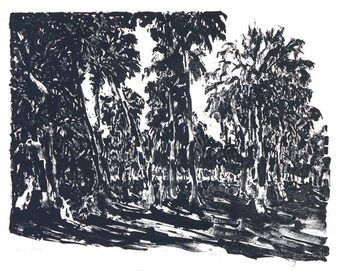
Ongoing exhibit
Black Palms Transfer Lithograph 1985 20” x 28” A landscape view from the yard at the residence of Sean and Sharon Sexton looking west.
Collateral Creation:
The Letters of Mike Kemp and Sean Sexton
What do artists talk about when they get together? What really went on between Manet and Degas at the Café Guerbois in late-19th Century Paris? Or in New York’s Cedar Tavern between De Kooning and Pollock? We have the highlights, of course, and recollections, but very little of actual conversations. For one-to-one exchanges of their thoughts, anxieties and insights into their working processes, we need to turn to letters. These can be extraordinarily rich, as proven by those between the Van Gogh brothers and Pierre Bonnard and Henri Matisse, as well as between Alexander Calder and Ellsworth Kelly. Today, when the art of letter-writing has all but disappeared, to stumble across a correspondence that has been going on between two artists for more than four decades is to behold a particularly rare treasure. And treasure is exactly what the letters of Michael Kemp and Sean Sexton comprise.
They first met in Gainesville in 1979. Sean was completing studies at the University of Florida, and met Michael headed out to paint one morning with a friend in a landscape around Micanopy called the "New Studio." They exchanged promises to paint together and a spark that still fires their friendship kindled immediately. Their correspondence began inauspiciously with a card from Mike apologizing to Sean for missing his opening art reception at Kesl’s Coney Island Restaurant in town. His wife's horse was down with the colic and they had to wait for the vet.
It continued when Sean moved back to Vero to manage the family cattle ranch. Somewhere along the line the letters turned into a form of journaling, a way to channel encouragement, hope and energy between them as they struggled and increasingly found success as professional artists. But life kept interfering with art.
Mike: ...the aspects of my life [—] are piling up behind me as I spend more time on printmaking. Social constructs, economic necessities, long range planning, quality of life issues, family responsibilities, are like a pack of runners jostling me in the back as I try to make my deliberate way down a path to some unknown destination. That path seems to be figurative art and I'm making progress with this line drawing. Seems imperative to go beyond the single nude figure study and there— at that juncture, the world becomes so large I don't quite know where to turn off. The sense of mortality intervenes and I wonder whether any particular course is the right one in the sense that I am willing to commit what is left of my life to it.
Sean: I think you'll find your realization when you are able to reestablish that intimacy with your work that everything and everyone (including yourself) has been keeping you away from. Oh, it’s so difficult to have faith in that, to commit yourself to certain pain. But you must do it because you have to paint and since there's no choice about that, you have to make it as good for yourself as it’s going to get. So you commit yourself to what you believe in, what you're doing and say ‘I'm not backing down!’ (unless that picture and that idea are so ‘birth defective’ they just can't walk and never will). And in time, even months (years?) it will come! Sometimes you say, ‘I'm going to wait and see if I learn enough in a year's time to be able to finish this damn thing’—So then you set it aside. Your commitment hasn't changed, it’s just on hold.
They exchanged notes on museum shows they had seen. Here’s Mike on a 2008 retrospective of Georgio Morandi at the Met: It is hard to overstate the depth of revelation I experienced at the Morandi show, both the one at the Met and the one at Pace Gallery. Until I began to digest the show, which took about three days, I was simply not aware of the huge and pervasive influence Morandi had on me. The etchings especially are fundamental to my way of approaching that medium. In fact the still lifes with window, chair and fruit are deliberate attempts to employ Morandi principles -- straight lines, minimal contours, open areas -- without making prints that ‘look like’ Morandi. I have been wondering if I should begin again.
Another letter found Mike ruminating: I believe that Cezanne, so devoted to natural motif, was constructing a parallel world of art based on his own principles of perception. These anomalies strengthen the reality of his art. How can I use this 110 years after his discoveries? I think by pushing forward the means of art. The structure of composition and execution. That is apparently what Morandi thought and practiced: overlay the undeniable melodrama with exquisite paint, or lines or composition. This is all quite easy to say on vacation. The test will be if I can return home and put it in practice in the production of paintings and prints. I'm glad to get it stated here, however. Never quite saw [it] that way before.
They wrestled with getting their work right. Sean wrote of a large painting: ....I finally think I've got the thing under control—the design mainly, which wasn't right. I'm getting to where I feel it like a pain when the composition isn't working, much like a spine when a vertebrate is out of whack, and nothing makes it well but the ultimate finding of what's out of alignment and pushing it back to where it belongs. This design was quite that way and I began groping around to fix it almost as soon as I began painting the thing. (Nothing will reveal the deficiencies in your scheme quicker than the application of paint over a charcoal drawing!) So now I'm on to "level two" problems…
In the end, they could never remain discouraged or stay away from their studios for long. Wrote Mike: I'm off to work. Thinking about our etching project—waste some plates—dissolve some metal—dirty up our nails. I can't wait.
The letters of these two artists and friends merit publication, but these days that may be more a pipedream than a possibility. Yet here they are, some of them, in this small but substantive show of works on paper by a pair of talented, mature artists. They deserve your attention — don’t overlook them. -- Warren Obluck
Elise Geary
Transitions and Transformations
Through February, 2020
Force Fields and Energy Orbits:
The Art of Elise Geary
When the dean of the Cranbrook Academy of Art, the esteemed Michigan school that has produced such major arts figures as Duane Hanson, Nick Cave, Eero Saarinen and Harvey Littleton, saw the petition on his desk, he chuckled. A 13-year-old junior high student wanted special permission to enroll in the Academy’s nude life-drawing studio. Then he opened the portfolio that accompanied the request. And his chuckle turned into a whistle of disbelief. The drawings enclosed were a revelation -- a revelation of exceptional talent that had captured meticulous, perfect renderings of the local landscape.
Those drawings were the work of Elise Weinrich (now Elise Geary), whose outsized ability belied her age and saw her incorporated immediately into the highly selective Cranbrook program, albeit on a part-time basis. She continued to make rapid progress, her hyper-realistic style loosening up under the influence of her new teachers, while her work remained fully representational. When it came time for college she opted for the school one of her personal heroes, Helen Frankenthaler, had chosen: Bennington College in Vermont.
Geary chose well. She excelled in her classes, but endured a crisis around the end of her second year. One of Bennington’s credos is that a good education prepares you for a set path but a great education prepares you to change direction. Her education clearly had been great because she found herself switching from art to pre-med.
It was a life-changing decision, because now she had time for nothing but science. Through medical school, residency and the beginnings of a thriving dermatology practice in Durham, she was able to think about nothing outside her chosen field. Then her mother, a talented watercolorist in her youth, moved to North Carolina to be close. They decided to enroll in watercolor classes to spend time together, and the passion to express herself through art was rekindled in Elise.
When she finally retired and moved to Vero Beach she was determined to transform her life from one of scientific analysis to one far more open to the intangible. “I have two favorite quotations,” she says. “One is from Albert Einstein, one is from Carl Jung. Einstein said, ‘The most beautiful thing we can experience is the mysterious. It is the source of all true art and all science.’ Jung tells us, ‘The privilege of a lifetime is to become who you truly are.’ I couldn’t agree more.”
Deb Gooch, whose teaching touched countless artists in this area, first nudged Geary toward a still looser, more abstract approach and then guided her earliest efforts, which led to real breakthroughs. More recently, she has worked with Marianne Mitchell, a nationally recognized painter who functions with Geary as a kind of personal trainer. Mitchell’s critiques and insights have been pivotal.
“If you’re going to be a complete artist, you not only have to have the intellect and the technique. You have to have the emotion. And that’s Marianne’s whole thing. Five years ago I would have said my inspiration was nature. Now, ‘nature’ is too confining a word for me. I’m more into the energy field of whatever I’m painting. It’s this dynamic force or flow: which way is the energy moving… or is it just mysterious?
“And I’m not saying that I don’t go on the beach and feel the beauty of what’s happening there. Before, I might have wanted to paint the wave. Now I’m just trying to remember the feel of being there. Now, it’s not about nature per se. It’s about the inner energies.
“I have an urgency about my painting now. It’s as if I’m making up for lost time. And I want to keep going. I want to learn more and explore more. There’s no question in my mind that there are energies out there that we know nothing about, that you feel but you can’t explain.”
It’s those energies that Elise Geary has set about to capture in her striking paintings in this exhibition.
--Warren Obluck
Barbara Rowles
Counting Flowers on the Wall
January 2020
Allan Teger
Metaphor: Photo Poems
December 2019
Ian Maguire Opens the Door
Thoughts on I M Ian: Emerging Abstractionist
Ian Maguire seems to have been prepping for his current exhibition at the Center for Spiritual Care since he was a boy. Growing up in New Canaan, Connecticut, he taught himself to draw and recorded the world around him with single-minded persistence.
His sketches eventually came to the attention of artist and educator Roe Halper, who became an important mentor to Maguire from his early teens through high school. She offered private classes that grounded her students in design and painting, and arranged their portfolios for art school entrance. “Roe made us understand that we were not just aiming to be artists, but that we were already artists,” Maguire recalls.
And Halper expected her charges, like the practicing artists they were, to haunt not only nearby New York’s museums but its commercial galleries. “In those early days, my mother and I would walk down little streets that didn’t seem very promising and we’d come across these wonderful shops full of art.”
Eventually Ian was old enough to do Chelsea on his own and one of those shops turned out to be the storied gallery Cheim & Read. It was there Maguire came upon the work of Joan Mitchell, a New York School painter who was to influence him significantly.
“For years she was like my personal secret,” he says. “None of my friends seemed to know anything about her but for me she was almost an obsession. My teacher, Roe, had a book about her that she finally gave me when I graduated from high school because I had been studying it so much.”
Committed at this early age to abstract expressionism, Maguire went on to refine his painting skills at Alfred University, a small school in Western New York known for its excellent arts program, and finished his undergraduate work at Manhattan’s Pace University, closer to the art scene.
Later, when he moved to Vero Beach to be near his family, he began to work with noted painter Tim Sanchez. “Tim started to critique my work about a year ago,” Maguire says, “and I feel as if I’ve made tenyear’s worth of progress since then. It’s as if a door had opened.”
What’s different? “I approach the canvas now in a very distinct way.” He points to a painting he calls Destroyer. “This one is the culmination of everything I’ve learned with regard to technique and form. It’s gone through a dozen iterations but I was never entirely satisfied with it. I like this version because you can see so much of the past in it, even -- if you know where to look -- a touch of the original painting. I like paintings where you can see the history and the struggle that have gone into them. To me that signifies growth. Somehow I reached a new gear at the beginning of this past summer that allowed me to completely change the feel of my painting.”
Unsurprisingly, Maguire paints every day -- all day and late into the night. That clearly suggests there will be moments when his muse goes silent. To jump start his process, he has no qualms about beginning with objects, often flowers, that will help him judge his color palette and where his forms might take him. You’ll see at least one painting on the Center’s walls in which the floral motif still remains. In others, it’s inherent. “Certain color combinations contain within them for me not flowers themselves but the memories of flowers,” he says.
Among the most successful works in the show is Some Kind of Love, a painting in which Maguire tones down his exuberance and exercises almost uncharacteristic restraint. The panting incorporates much scraping and overpainting but is free of the chaos he sometimes embraces, interestingly, as a unifying element.
Ian Maguire is a young man on the move. This first exhibition of his work in Vero Beach marks a turning point in a career that has the potential to achieve important things.
April 2019
Deb Gooch Takes a Long Look at Life
When Deb Gooch riffles through the Kodak black-and-whites she inherited from her parents, a past reappears that seems a little like a dream. There they are: her father and mother looking for all the world like William Powell and Myrna Loy in a Thin Man movie…her little brother, always underfoot…dogs she played with as a child…her favorite horse growing up.
In Gooch’s hands, these memories become a rich source for paintings that in a personal sense may be cathartic but to the rest of us are transcendently joyful. For, make no mistake, these paintings are not attempts to recreate the photograph. They are meant to represent the emotions the photo evokes.
Gooch was deeply influenced as a student by Raoul Middleman, who has taught at the Maryland Institute College of Art (one of the oldest in the United States) since 1961. Middleman has been described as a “Baltimore maestro [whose] narrative paintings give contemporary life to his personal obsessions. They are intelligent, messy, and utterly masterful.” Although their styles diverge significantly, that would not be a bad way to describe Gooch’s narratives.
The real difference surfaces in her sense of humor. She lends a cartoonish lilt to many of her figures, encouraging us to smile at their antics. Or the figures themselves radiate exuberant delight that evokes the same reaction in us, as in The Three Graces, an award-winning triple portrait of women having the time of their lives.
Another name resonates when considering Gooch’s work, and it is one that brightens her face when mentioned. It is Larry Rivers, the outlaw tenor saxophonist and breaker of rules whose paintings helped light up New York City in the ‘60s. Gooch certainly does not paint like Rivers, but his influence might be deduced in her compositions, the lanky, nonchalantly intertwined bodies on her canvases, her insouciant placement of figures on a ground.
Consider No More Dancin’, with its figure of a small boy in a bunny costume, a recurring trope, who shares the surface with the images of three “real” rabbits, one doing a hoedown. It’s a painting Rivers would be entirely comfortable with. Figures do recur in Gooch’s work regularly. Whippets, purple hippos, crows, and fruits of many kinds pop up in the oddest places and at the strangest times. They reappear mysteriously and often unintentionally, swirling up from her memory pool.
In the case of No More Dancin’, the recollection comes from a ballet class she attended as a child for a few weeks before a scheduled spring recital. As she caromed about with an Easter bunny chorus line, her father turned to her mother and said, “Well, Janet, there goes your fifty bucks, hopping across the stage.” Repeated endlessly over family dinners, the anecdote became part of Gooch’s subconscious.
Deb Gooch is a very special person in the Vero Beach art community. Both as a teacher and as an example of a life devoted to art, she is a model for younger painters and a dedicated and supportive colleague to more experienced ones. For her, the operative word is seldom “I” but most often “we.” Her paintings express her affection for family, friends, and all the creatures of this garden of earthly delights. We are delighted to show her works at the Center for Spiritual Care.
Warren Obluck
Gallery
Click on any image to see the slideshow
